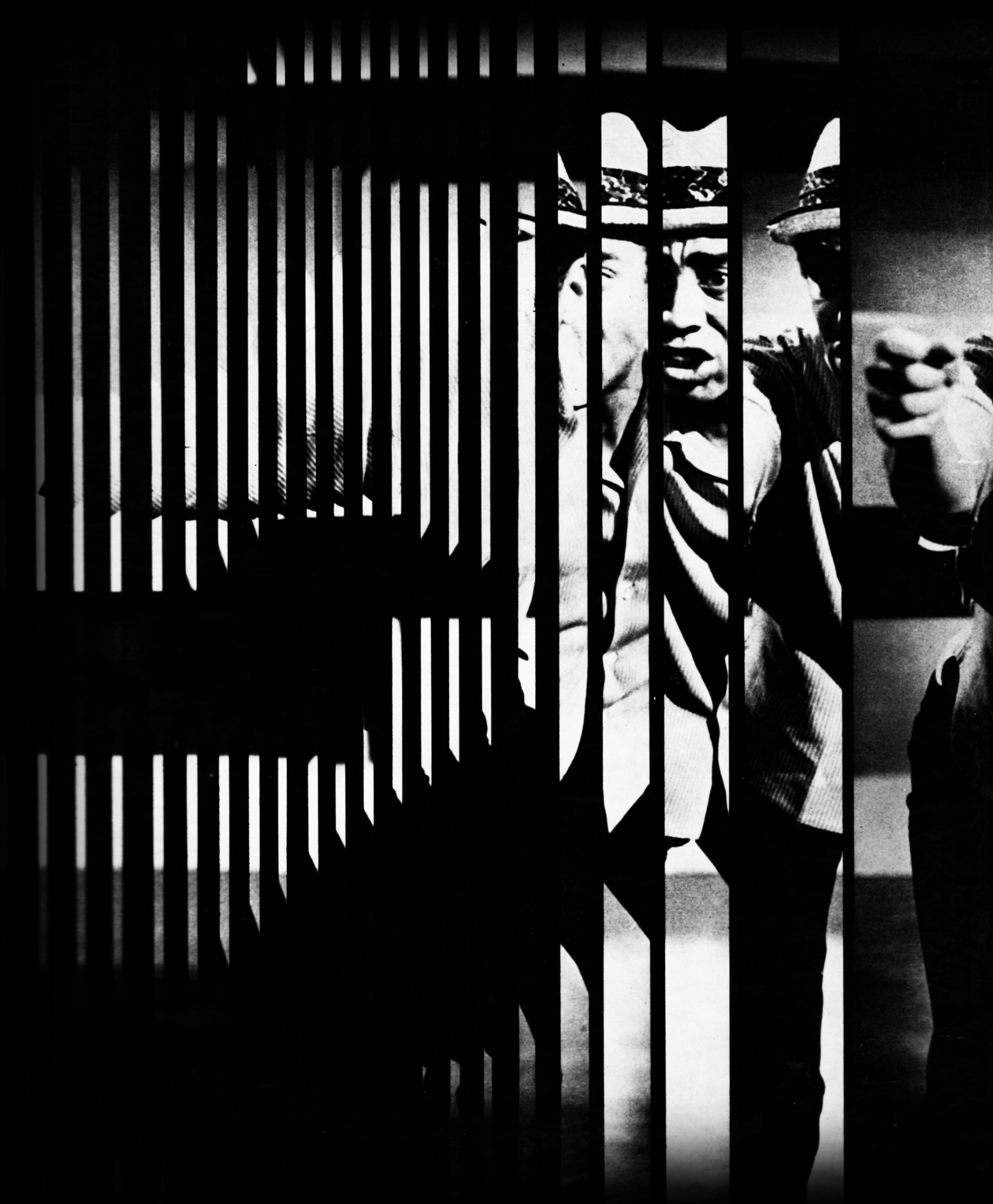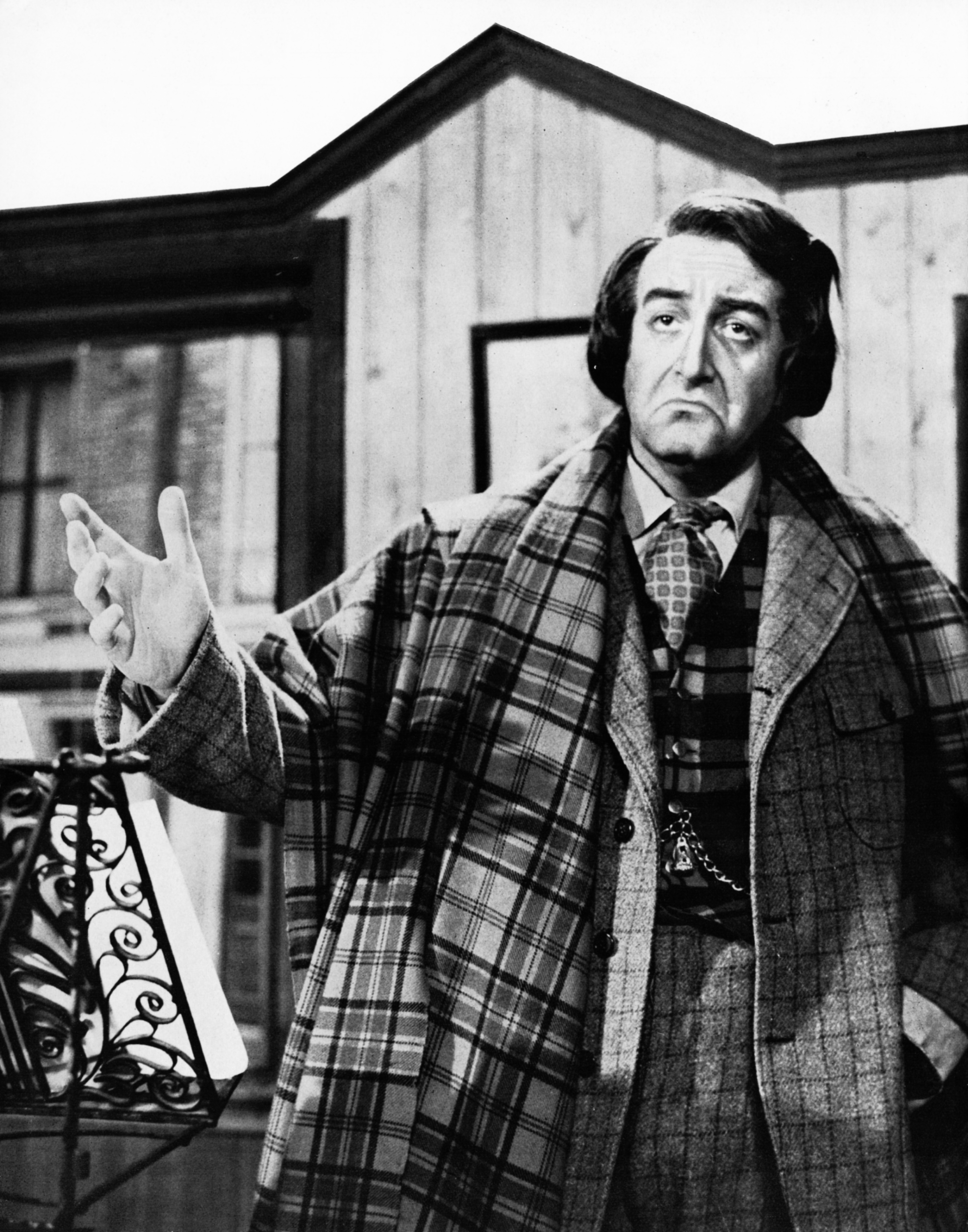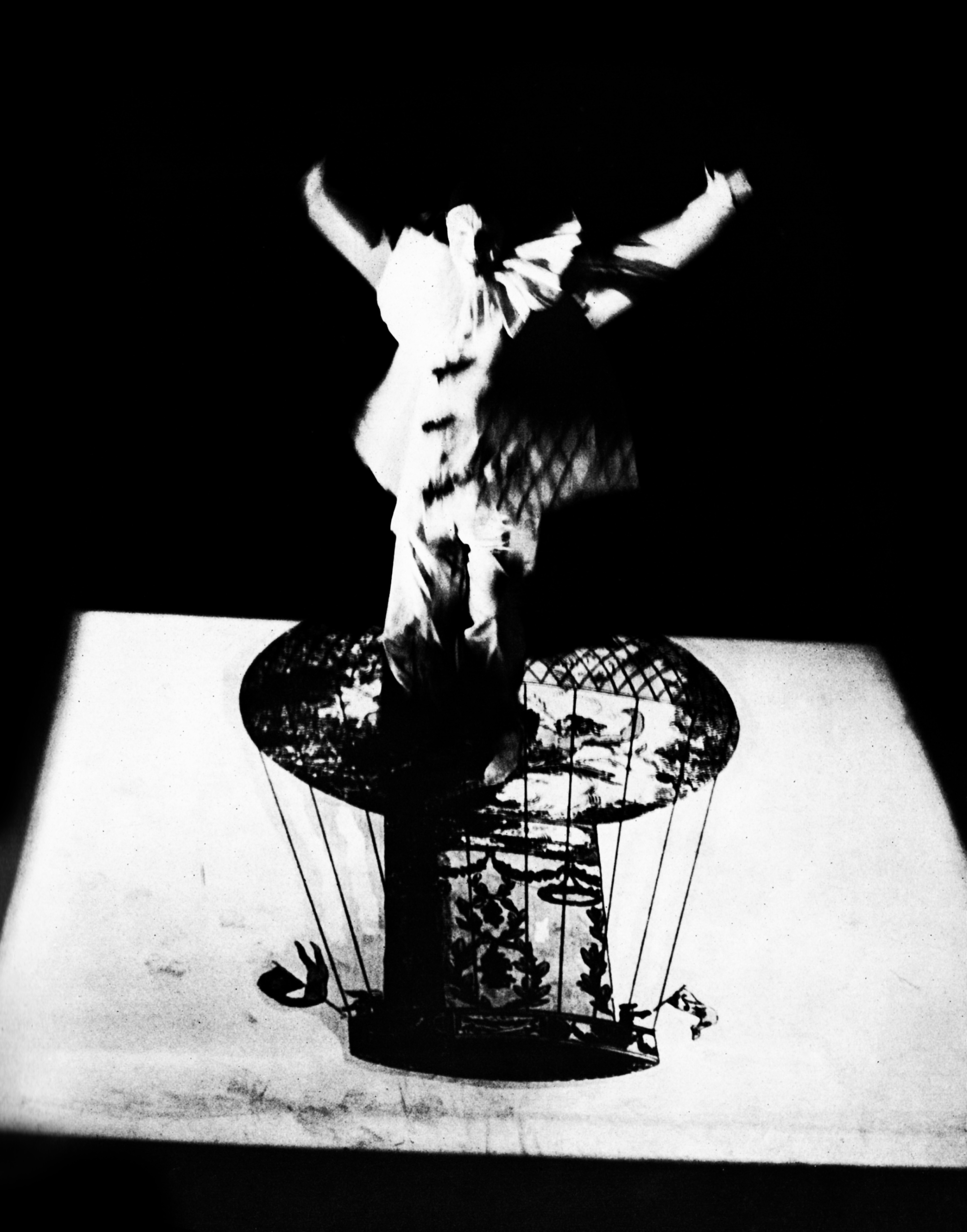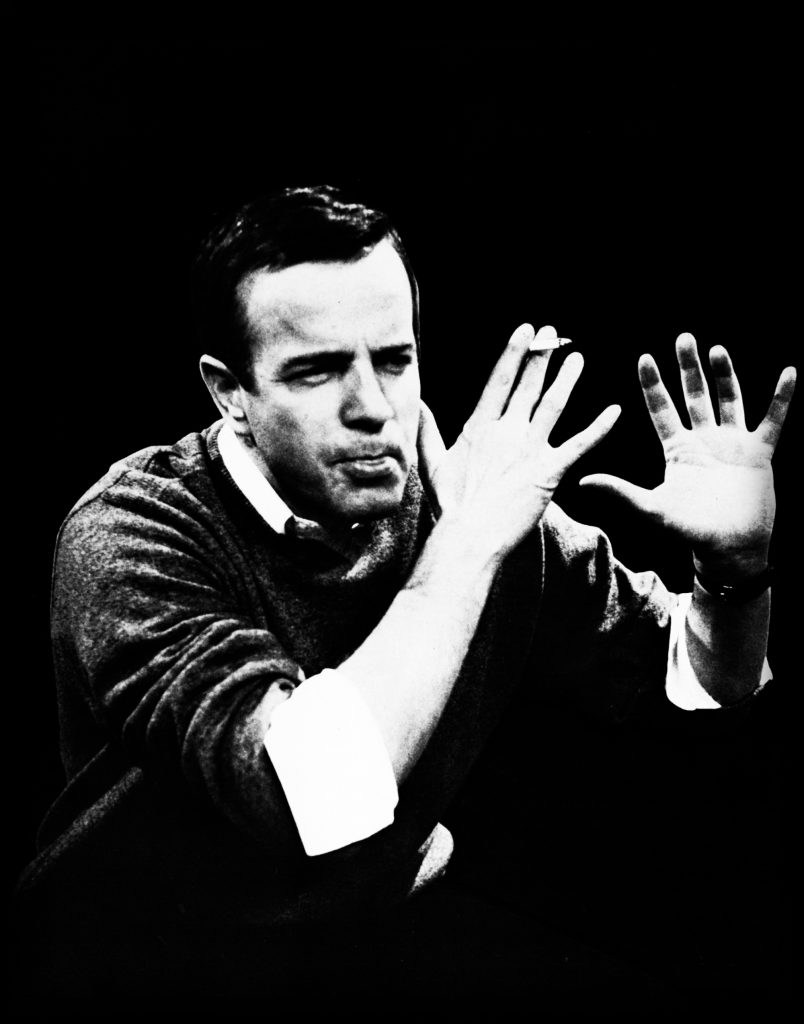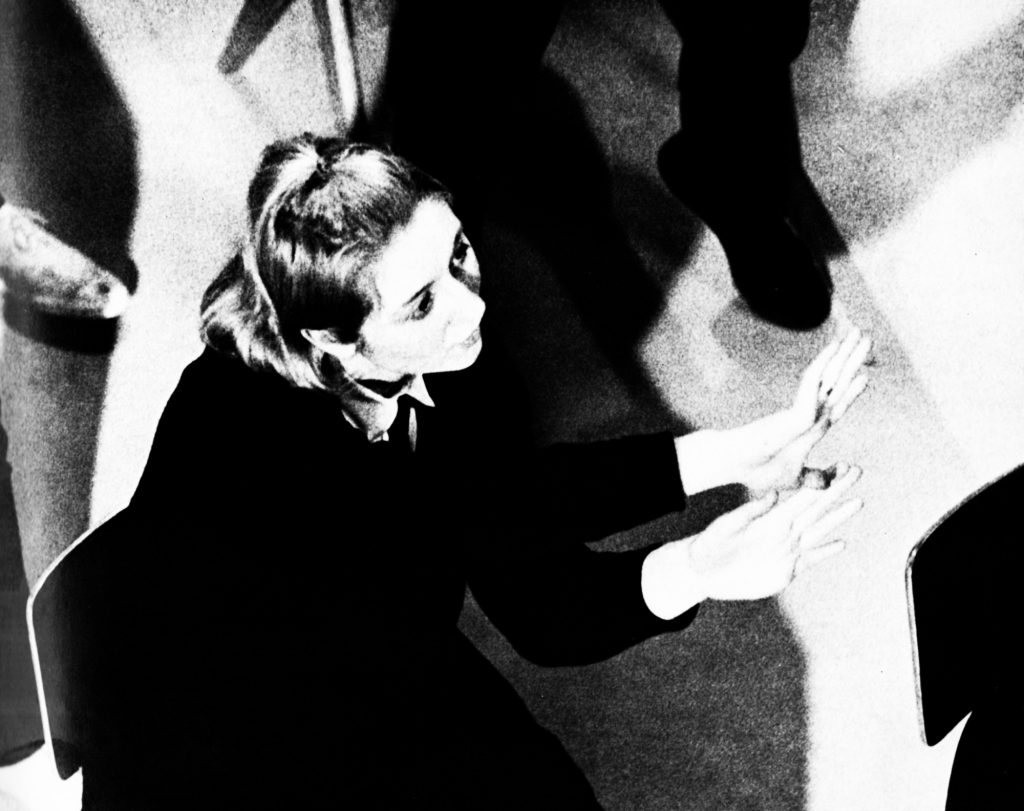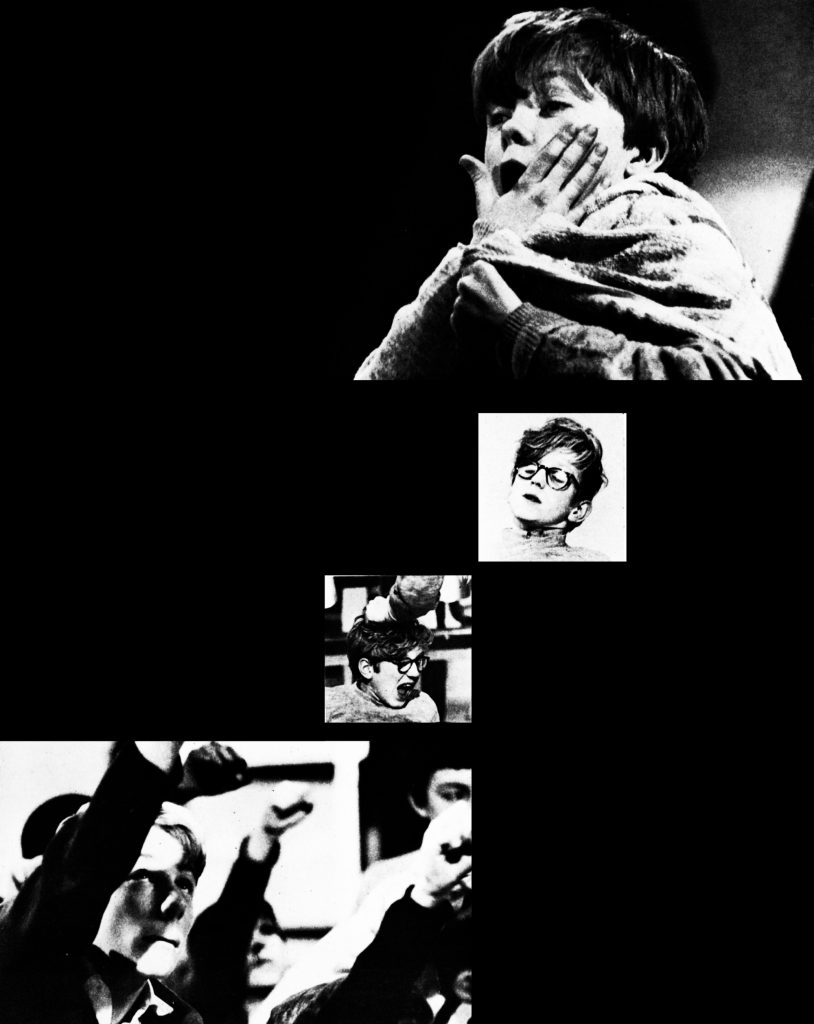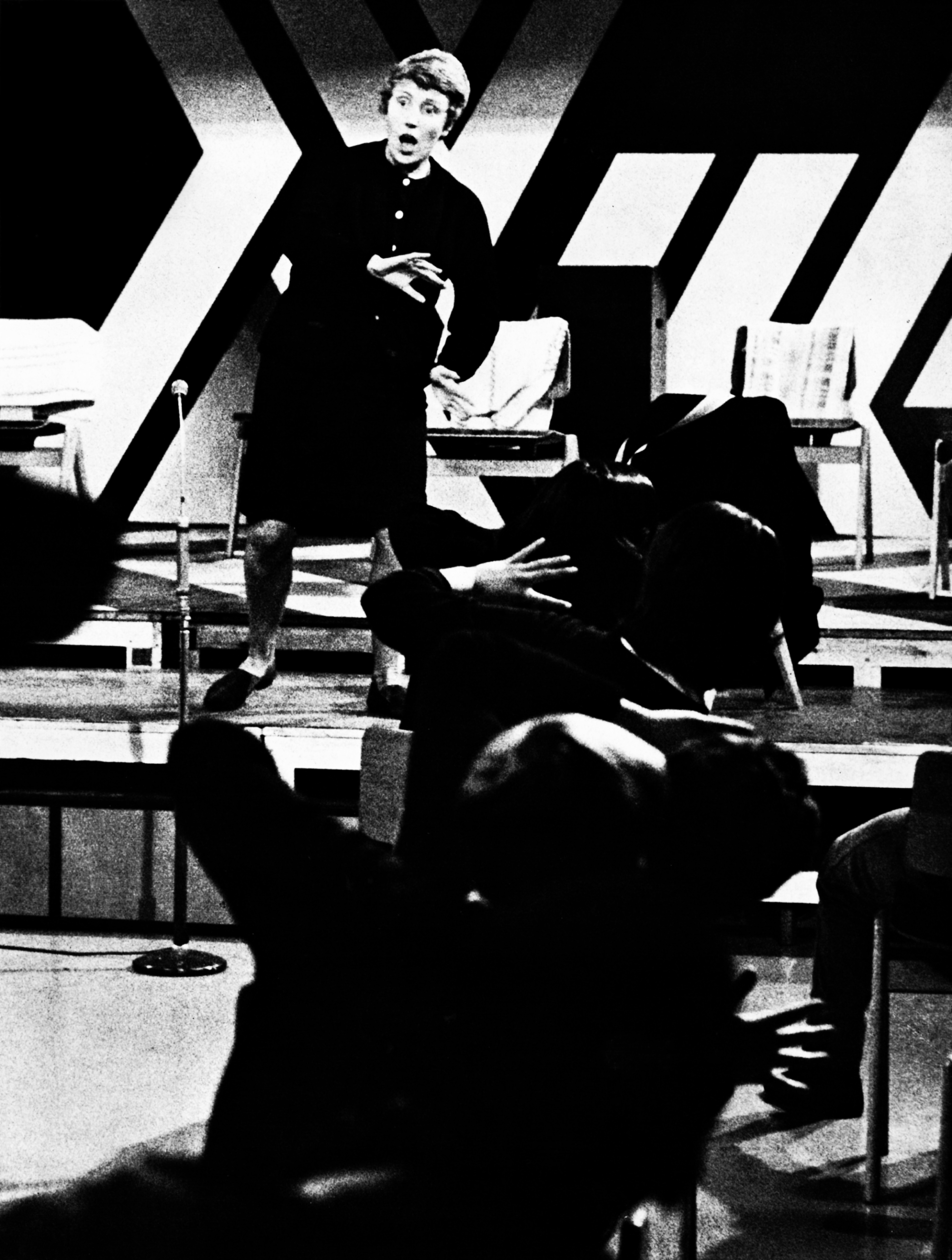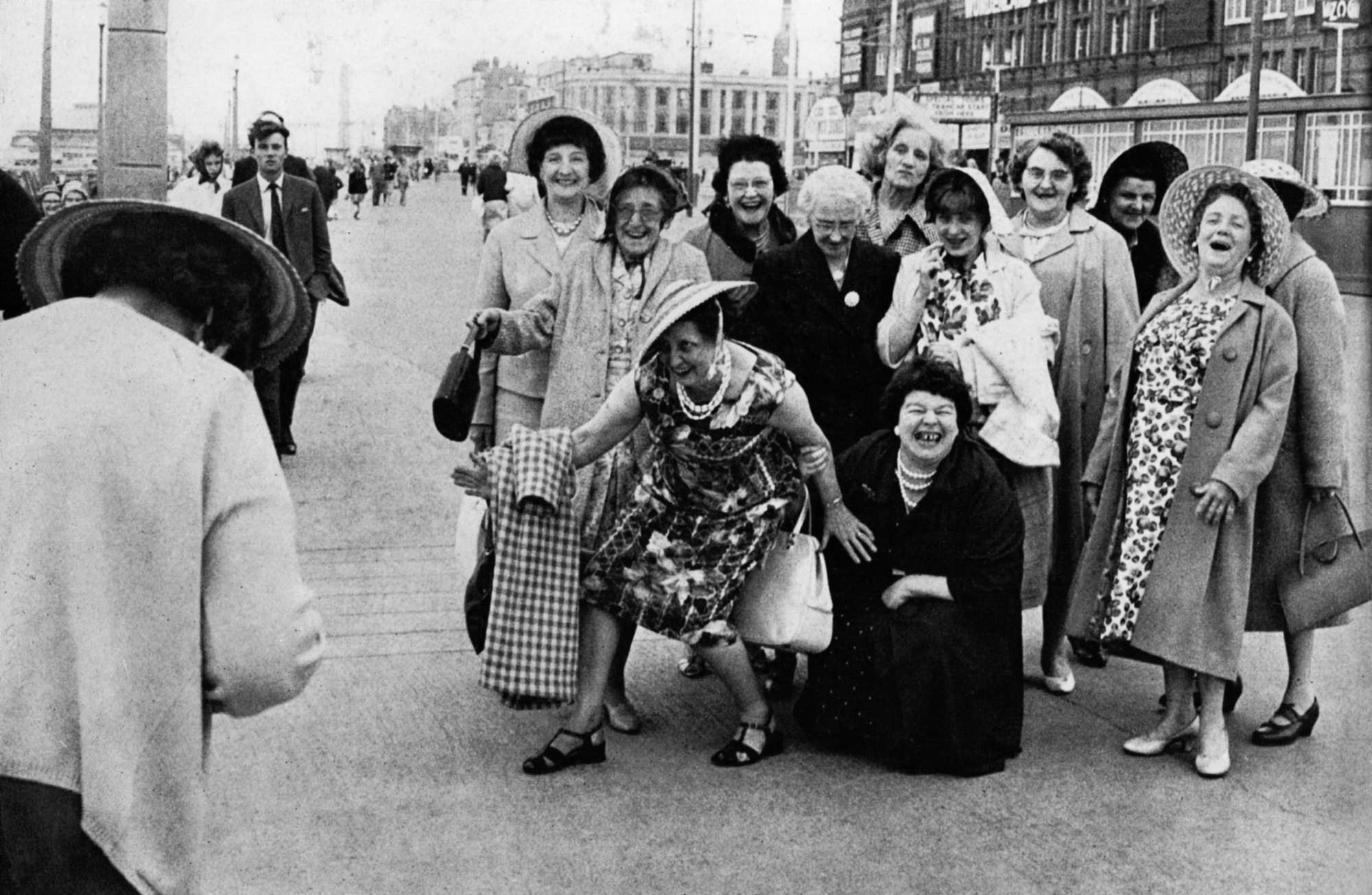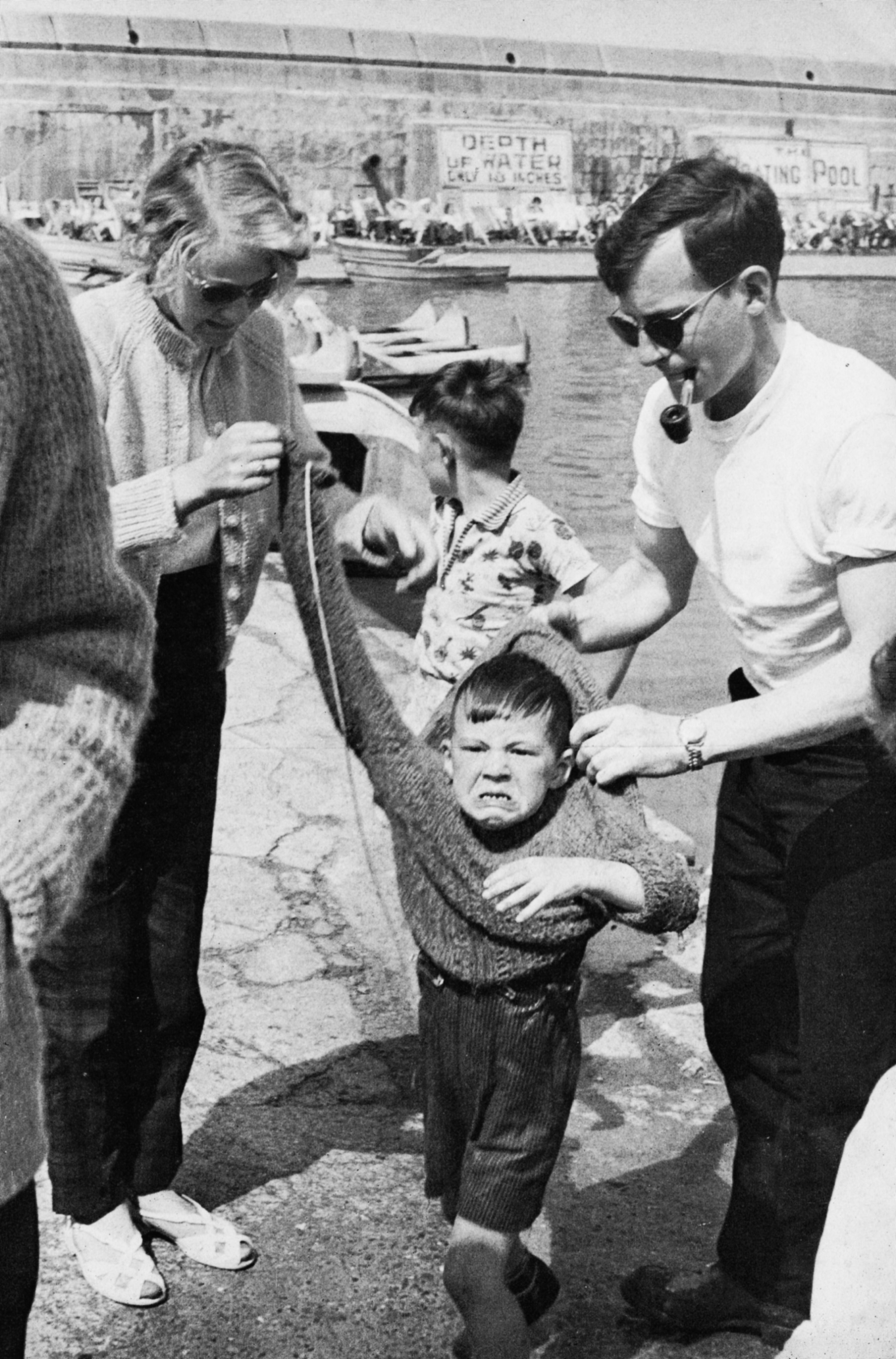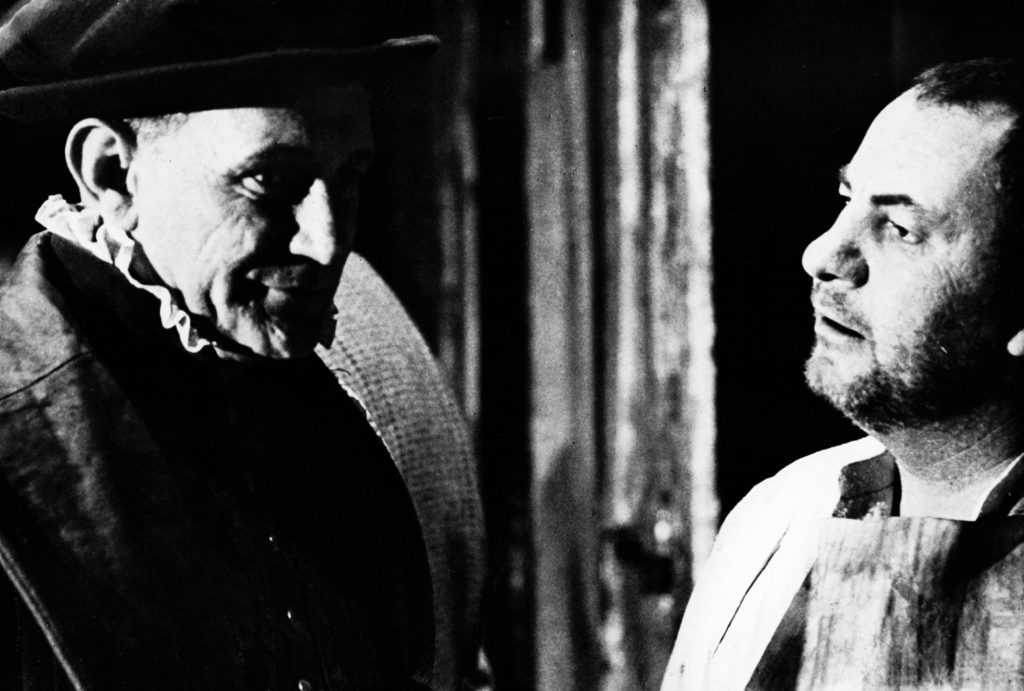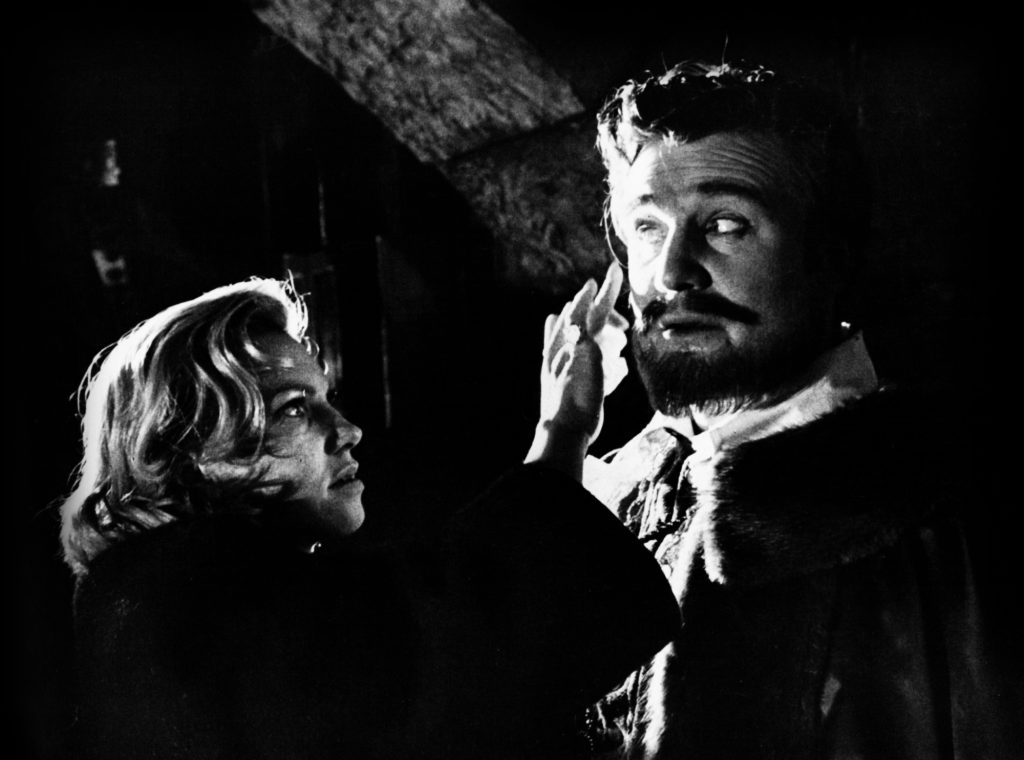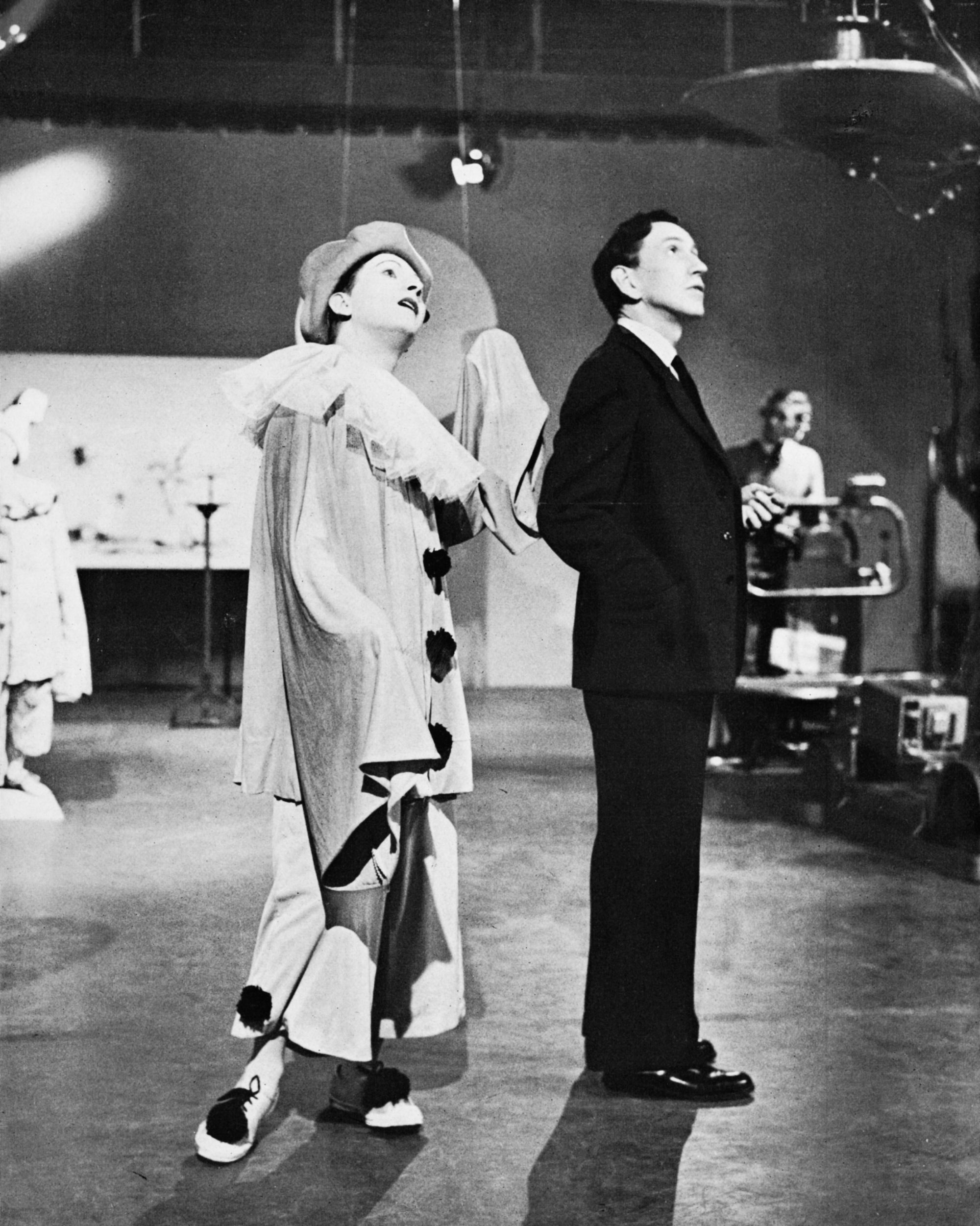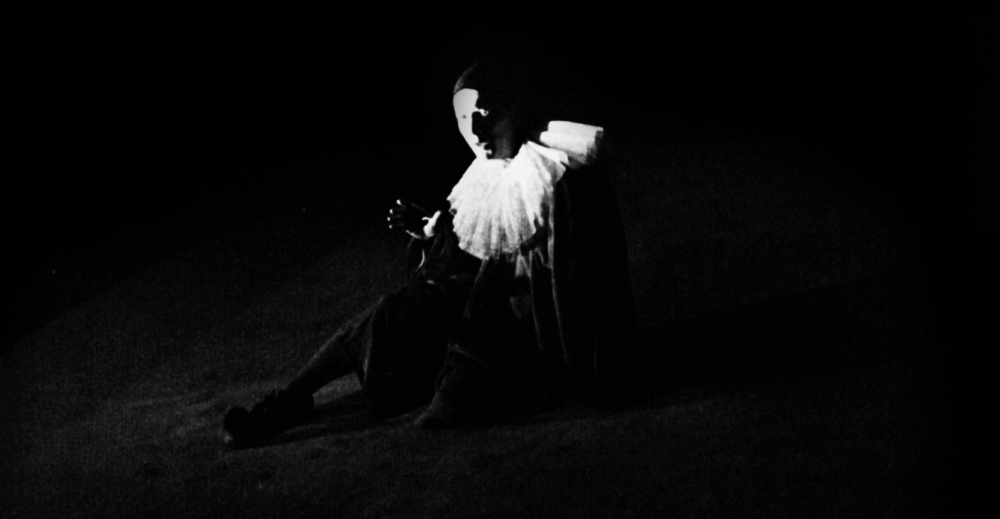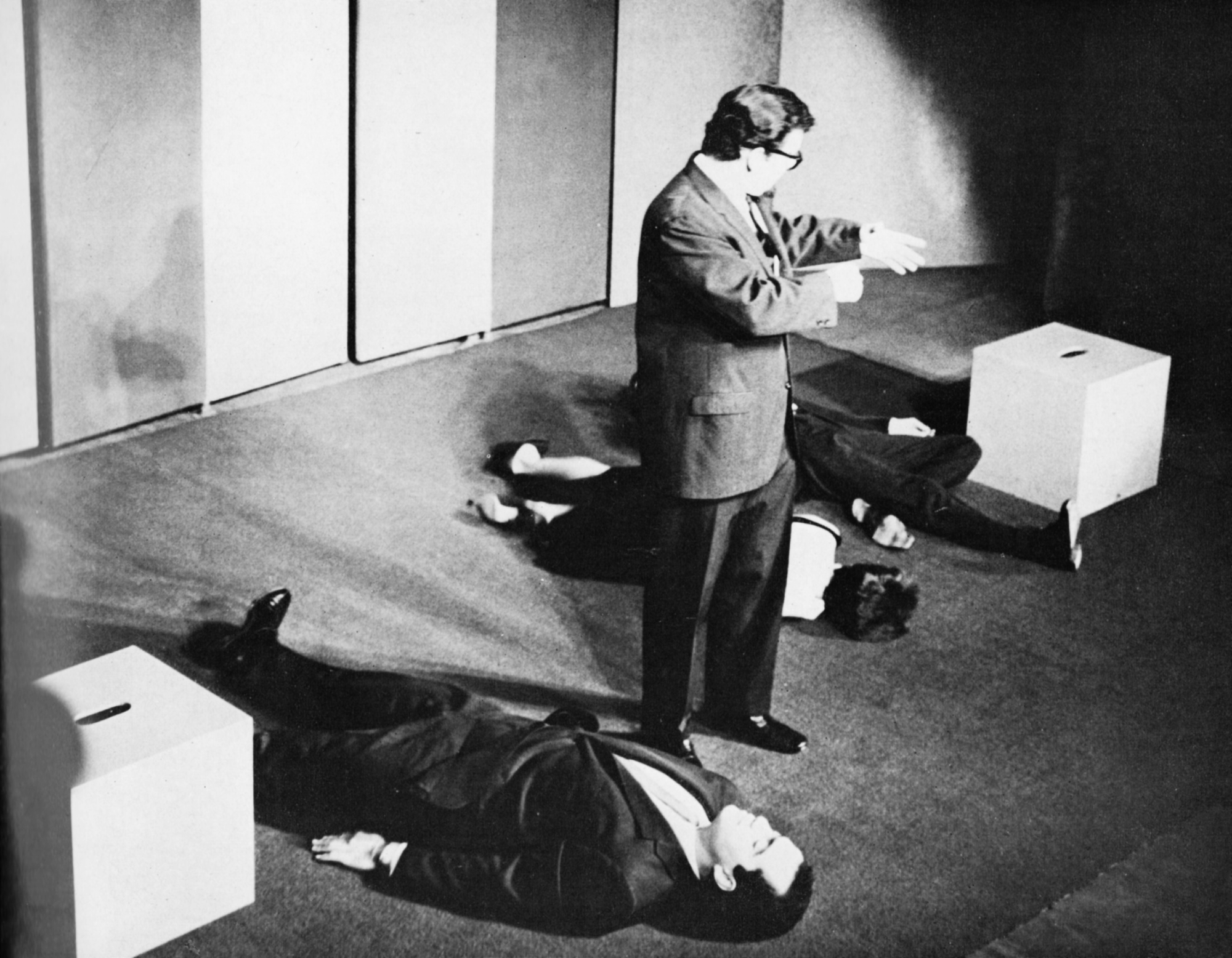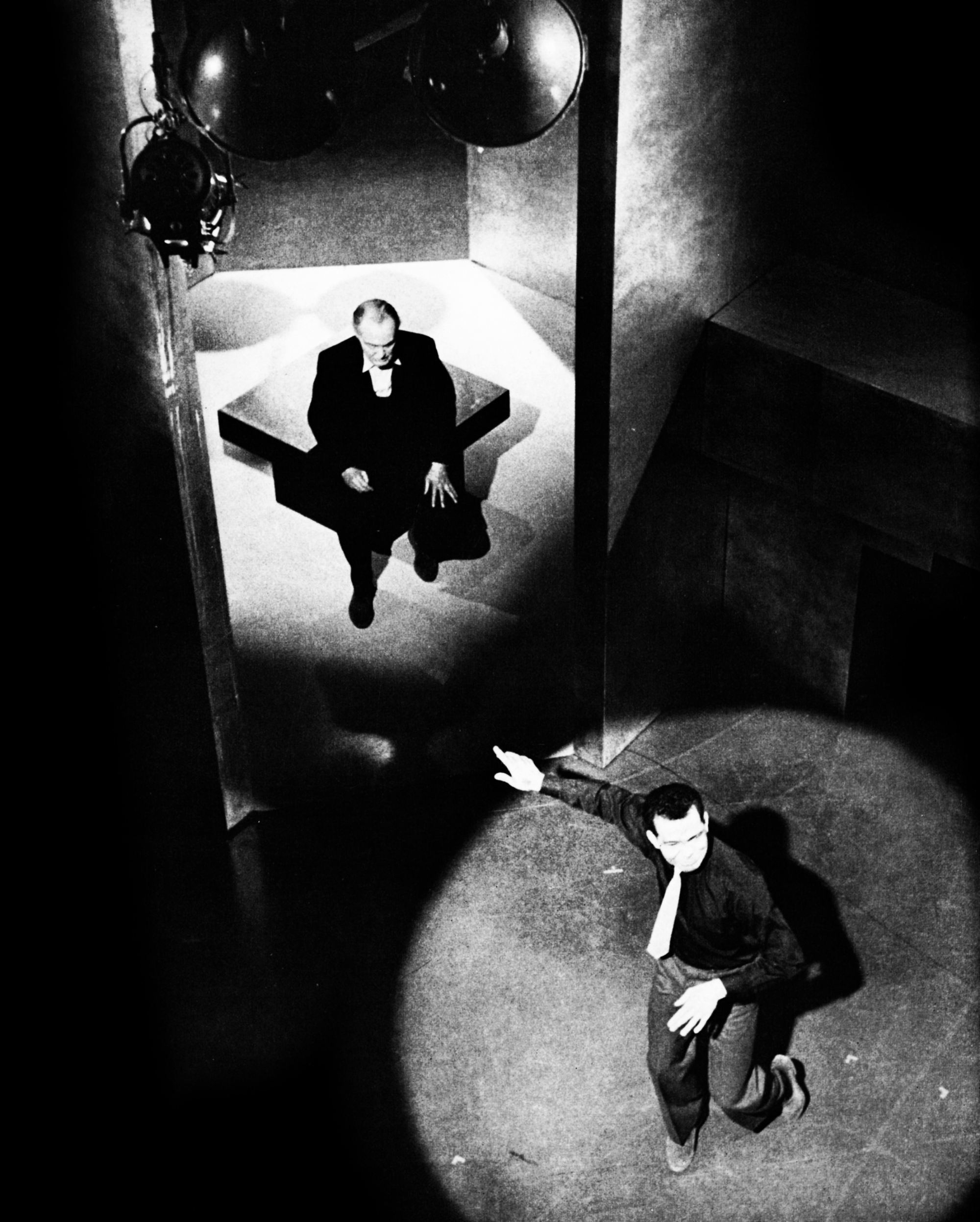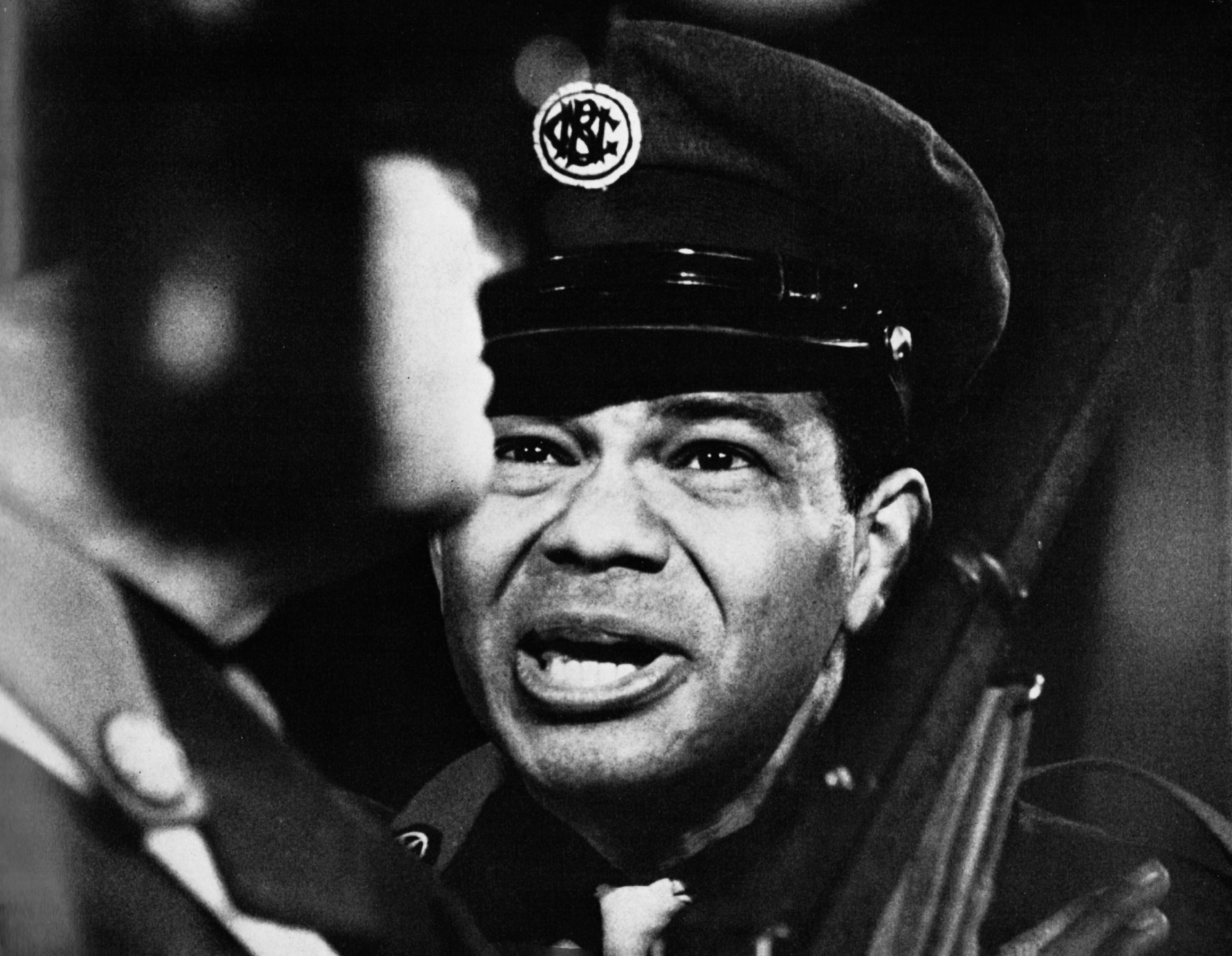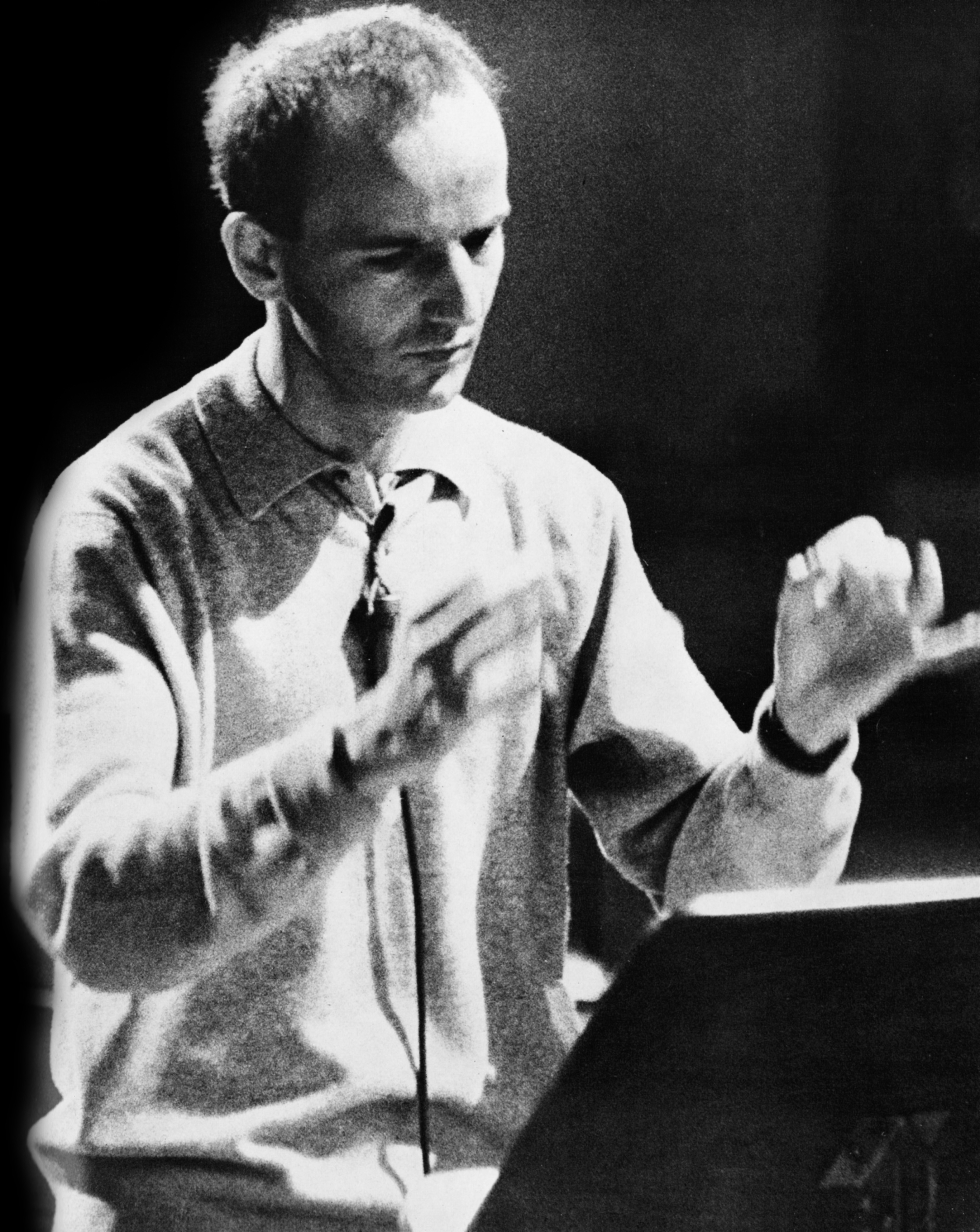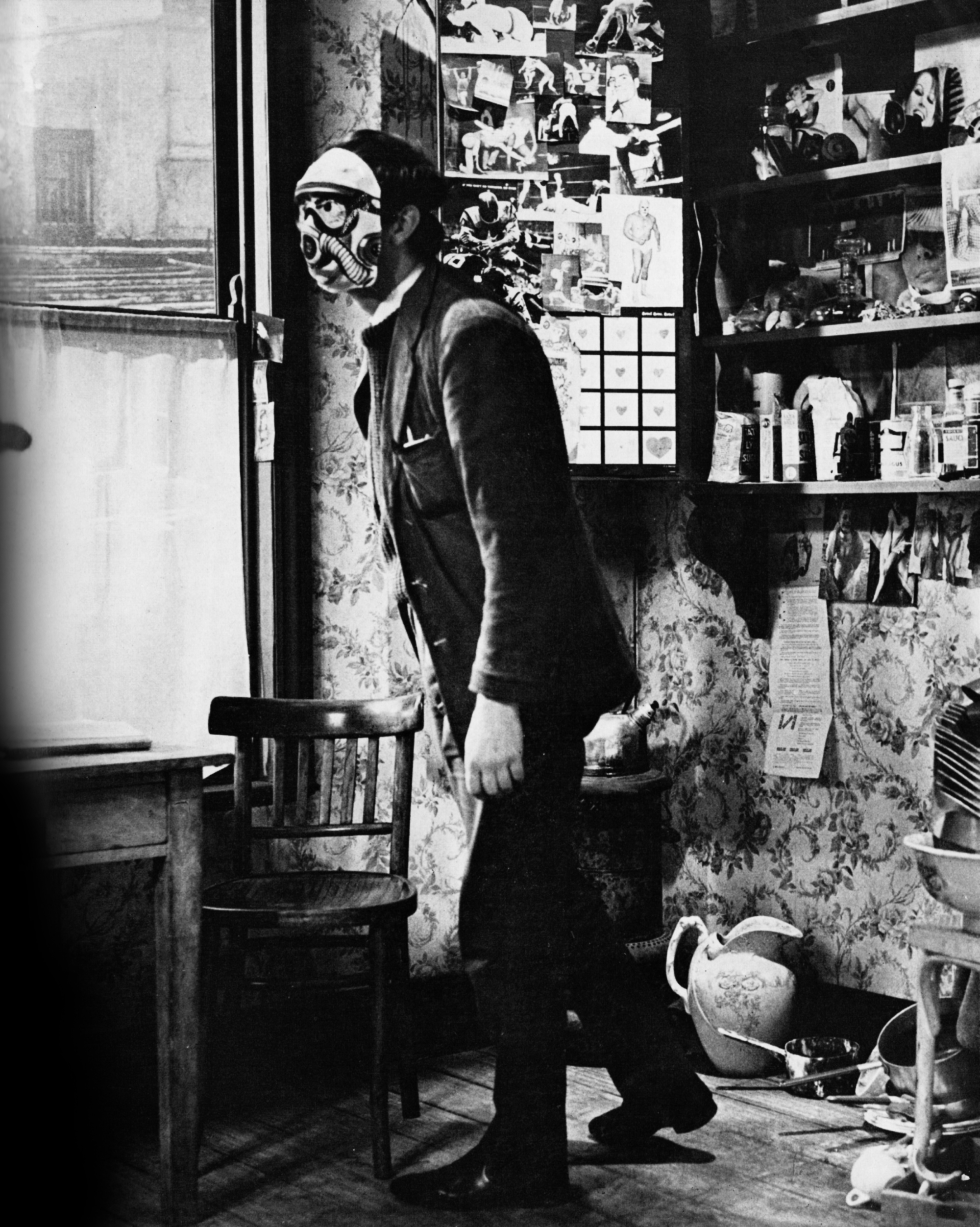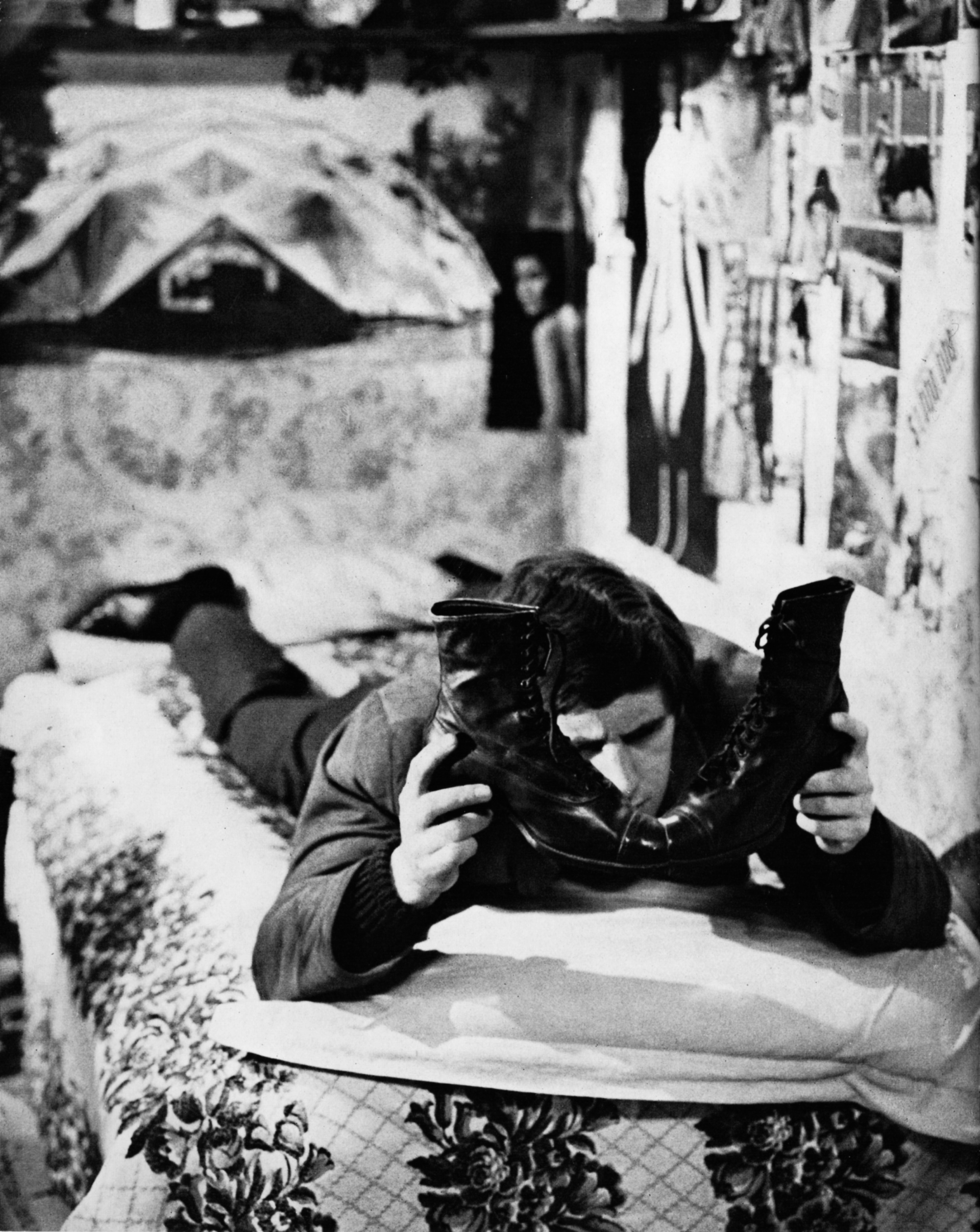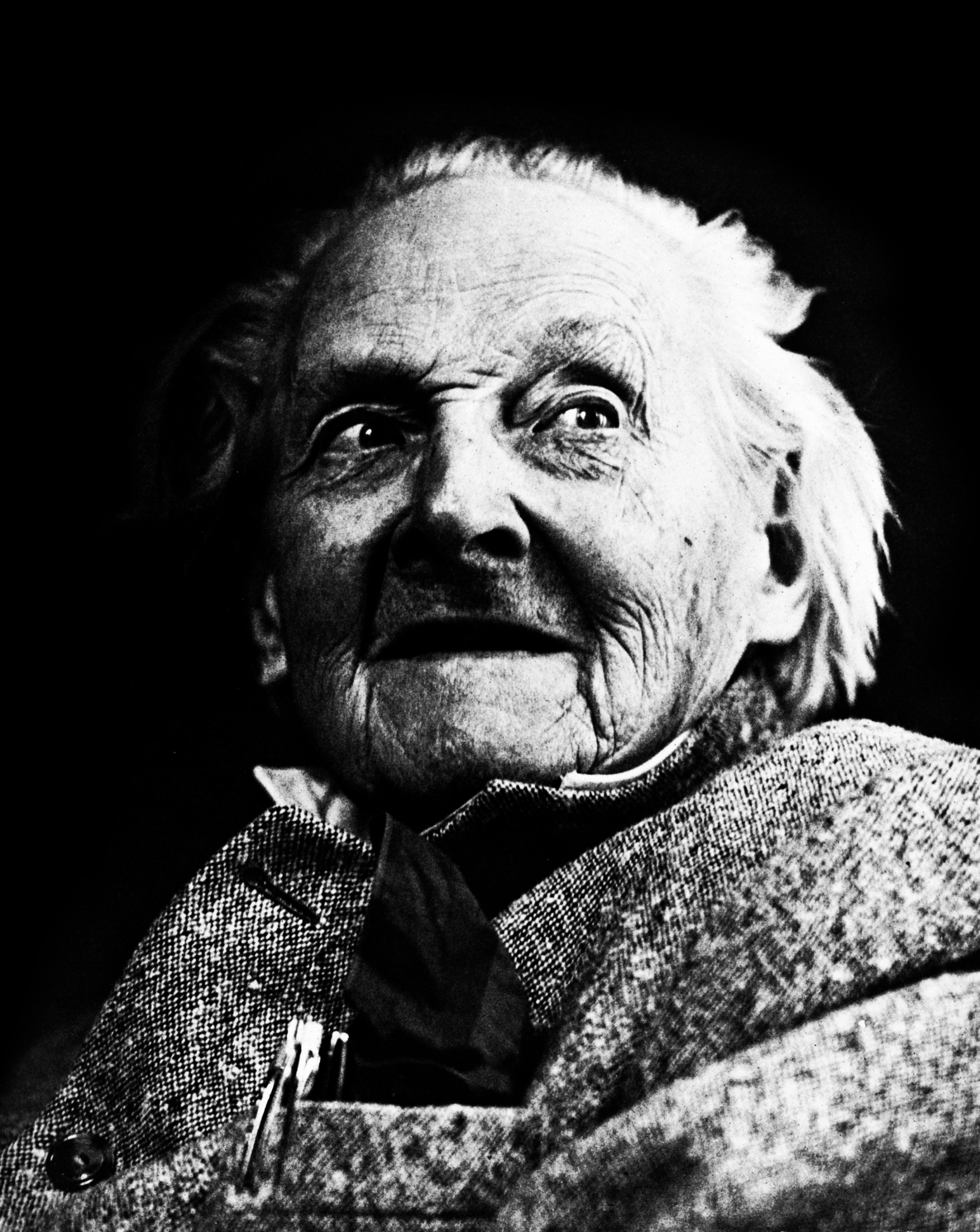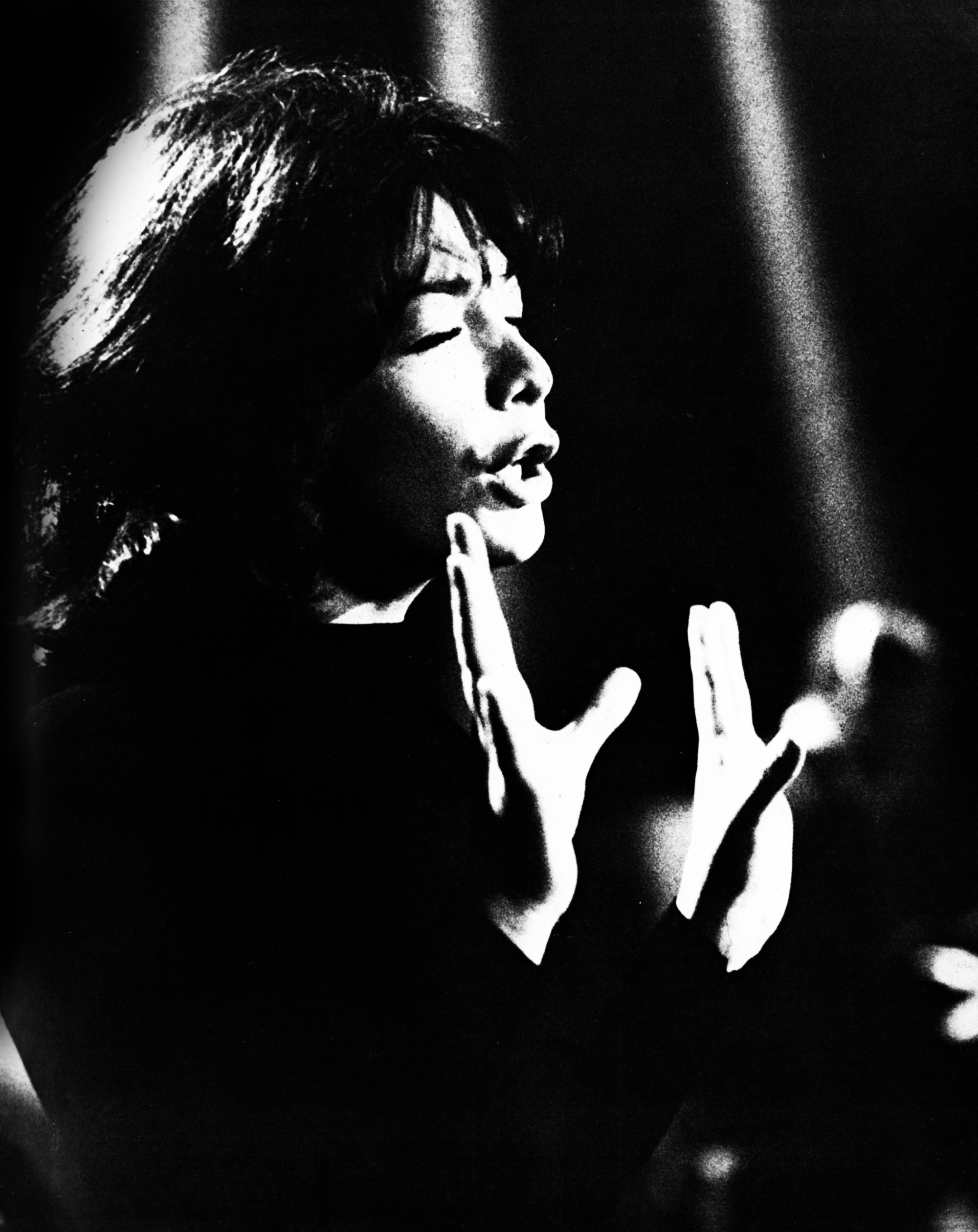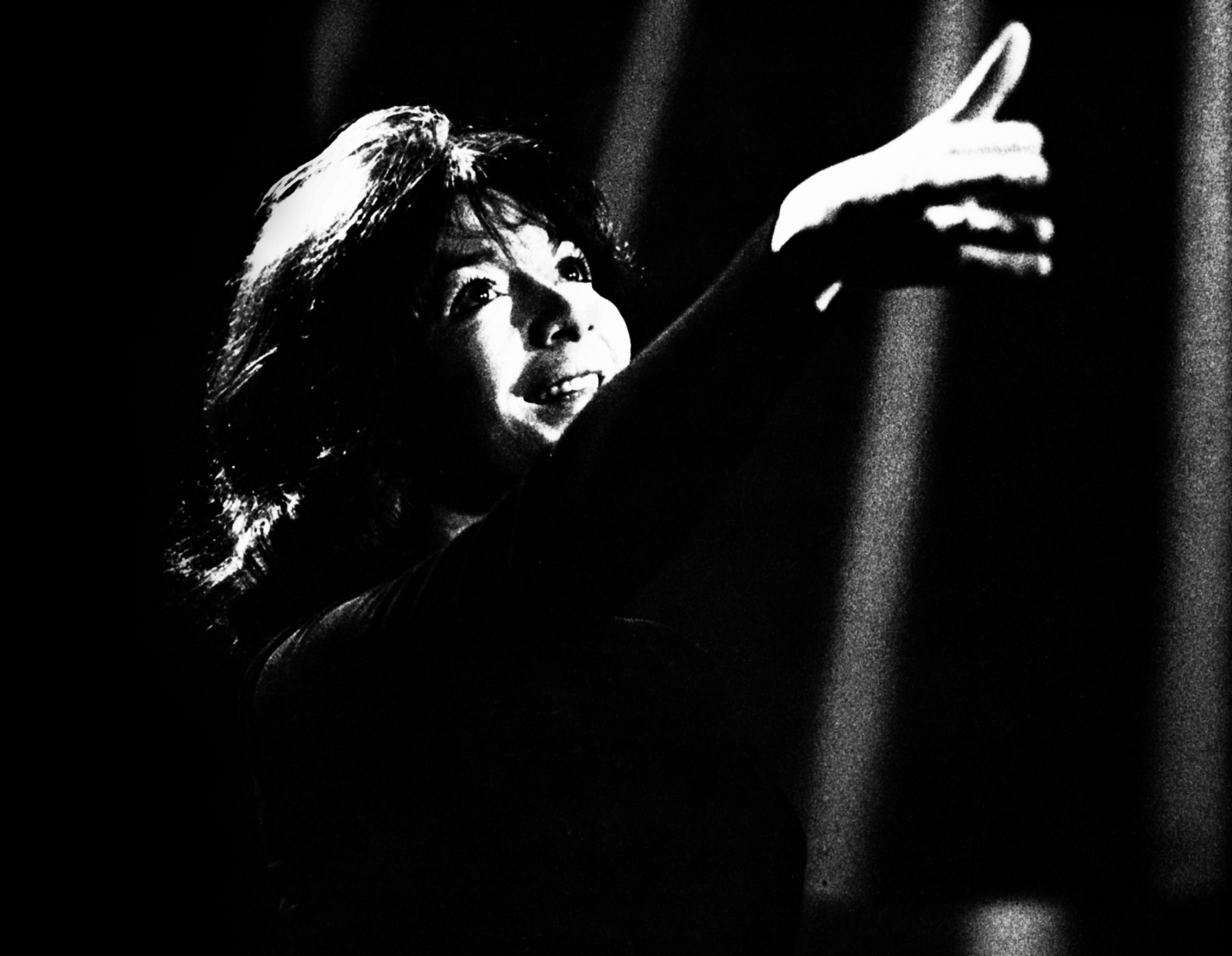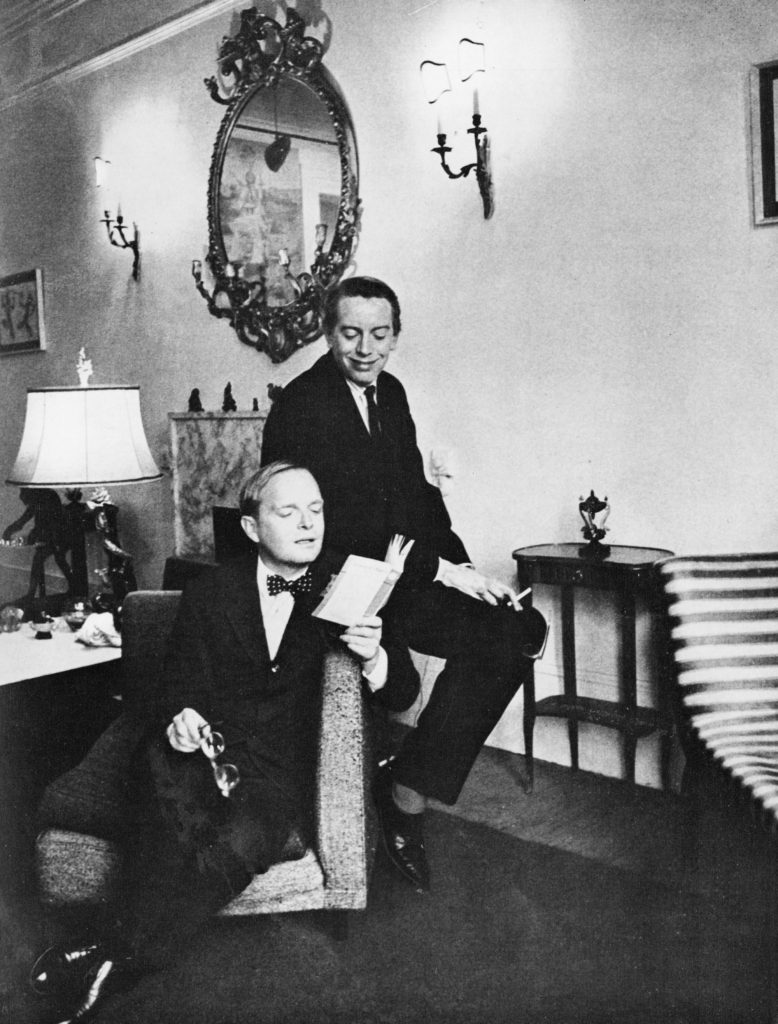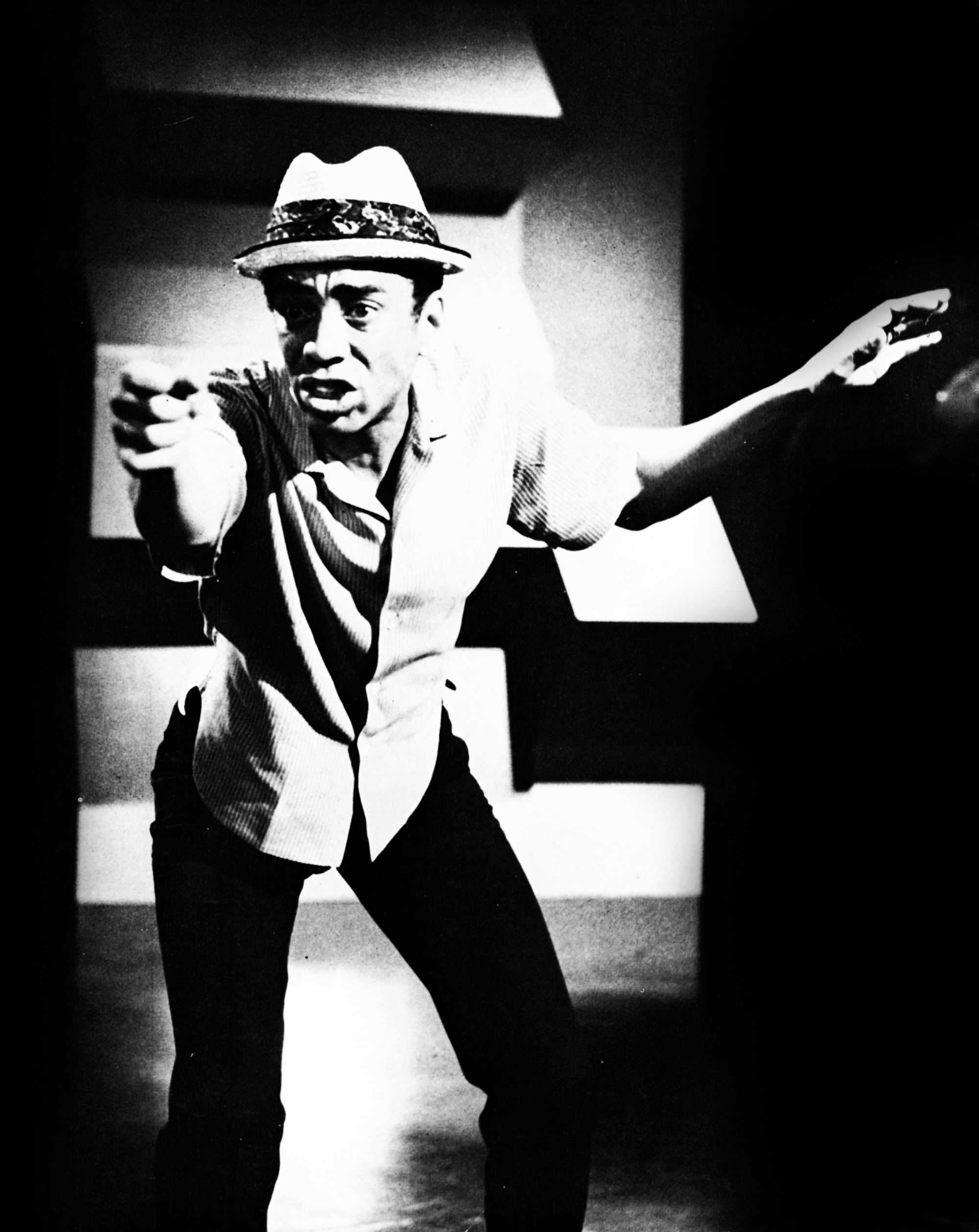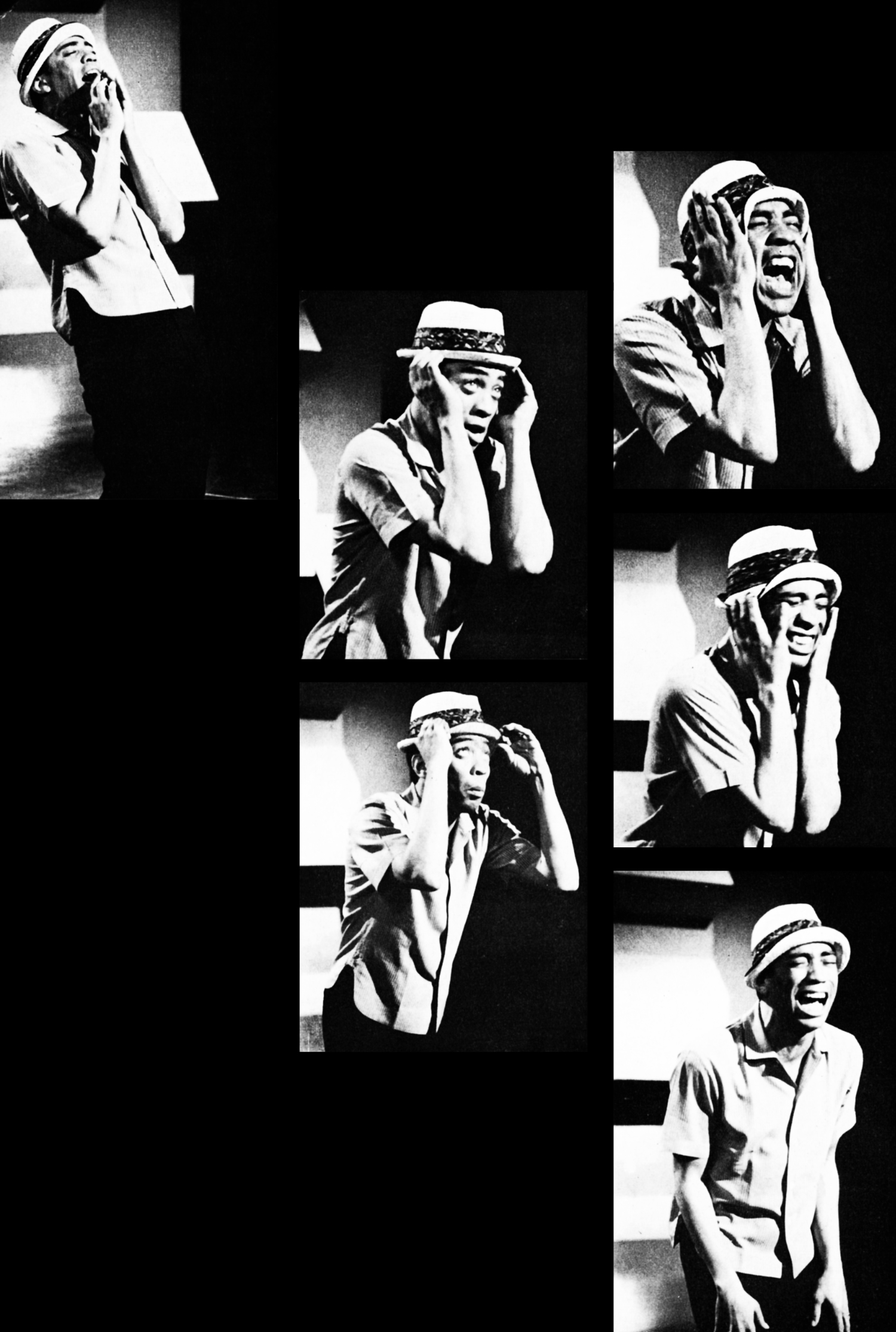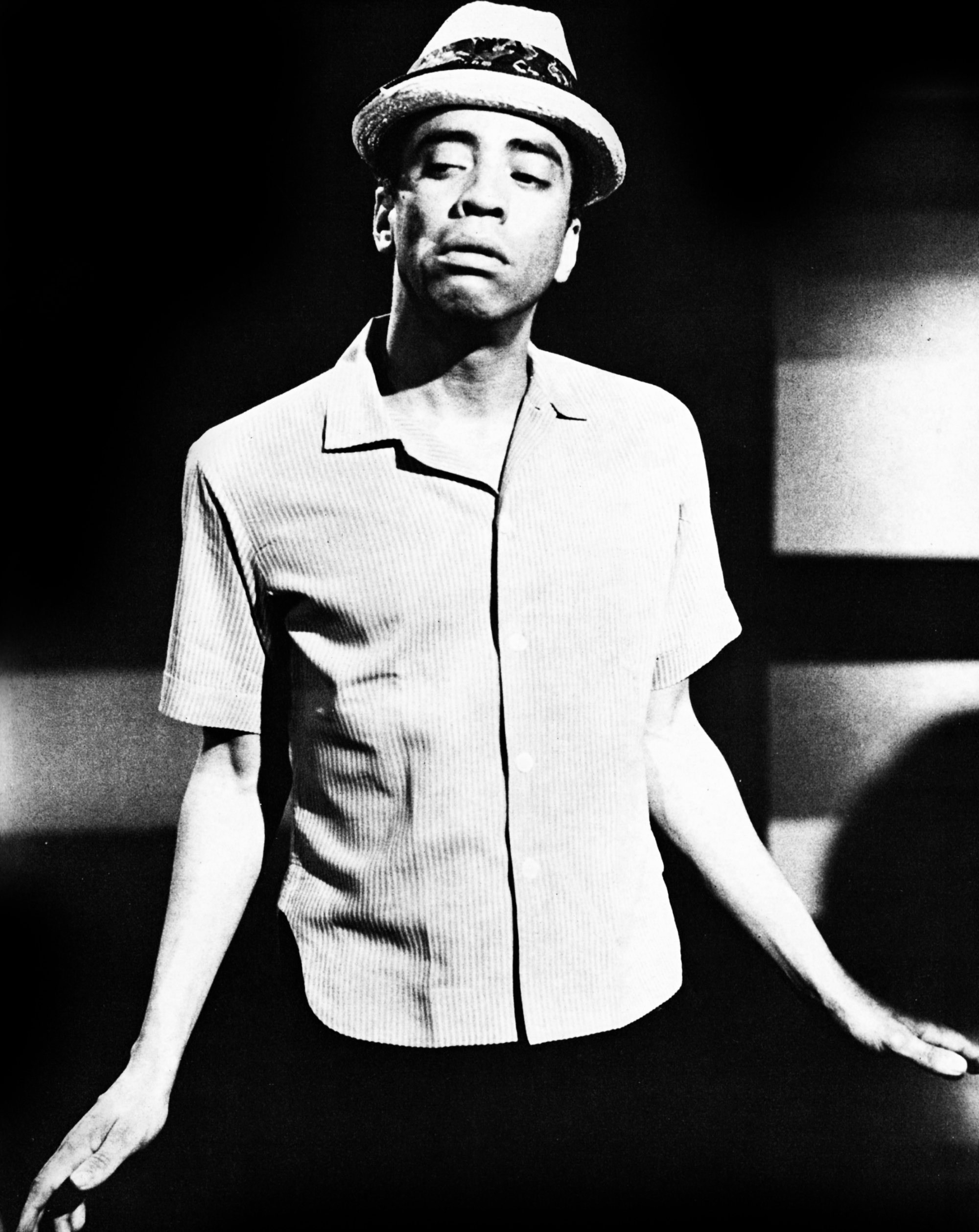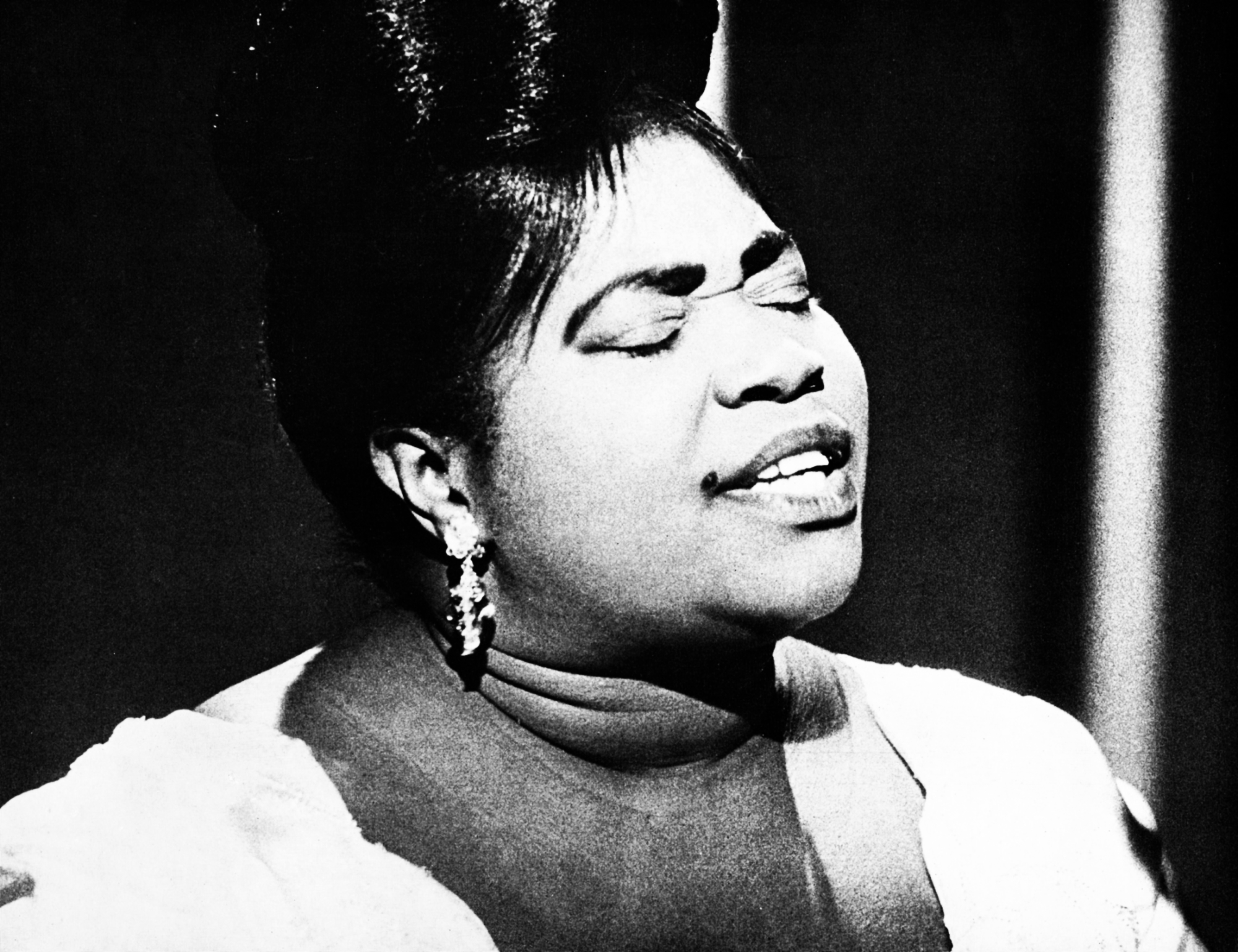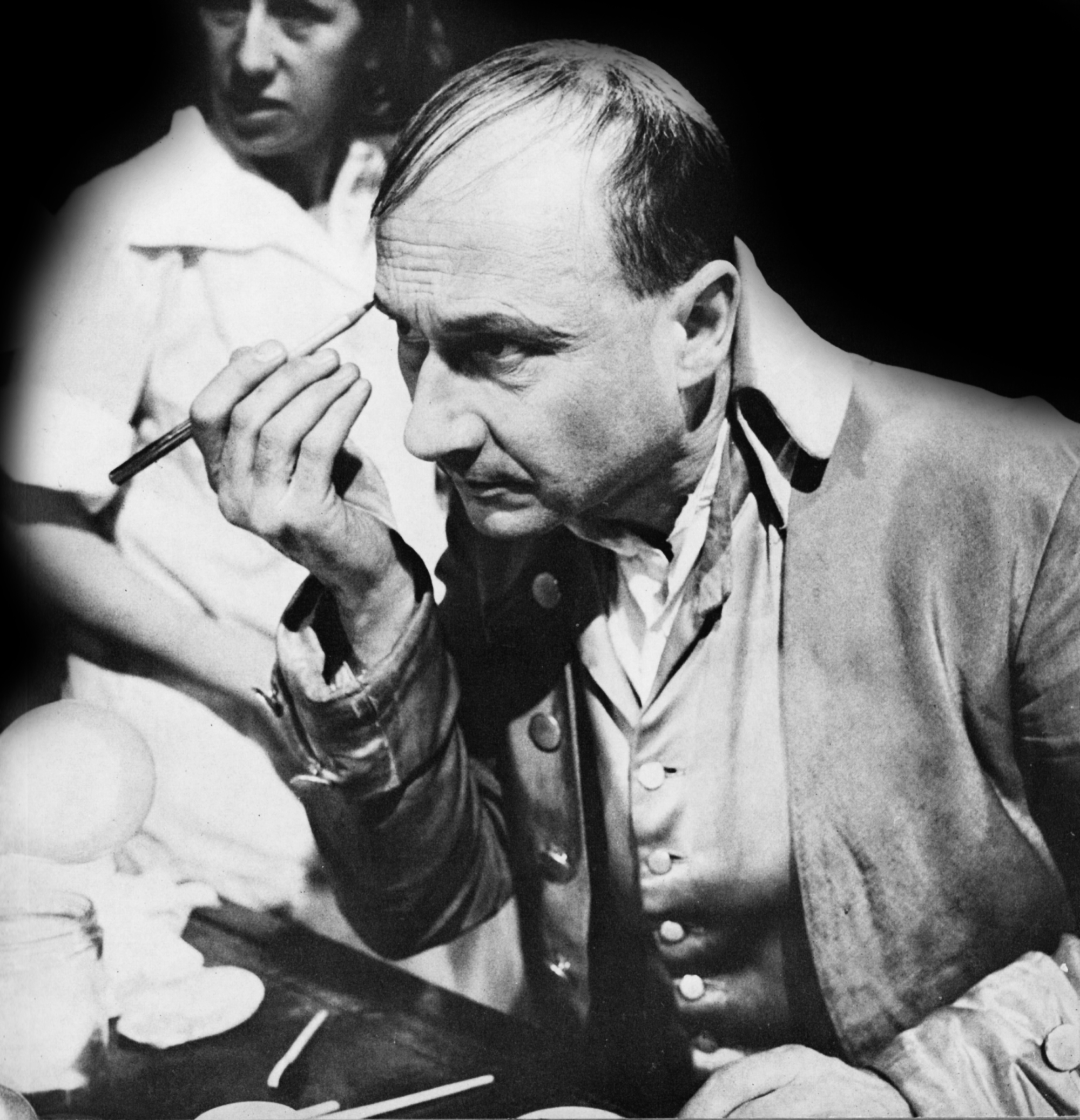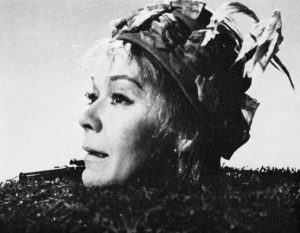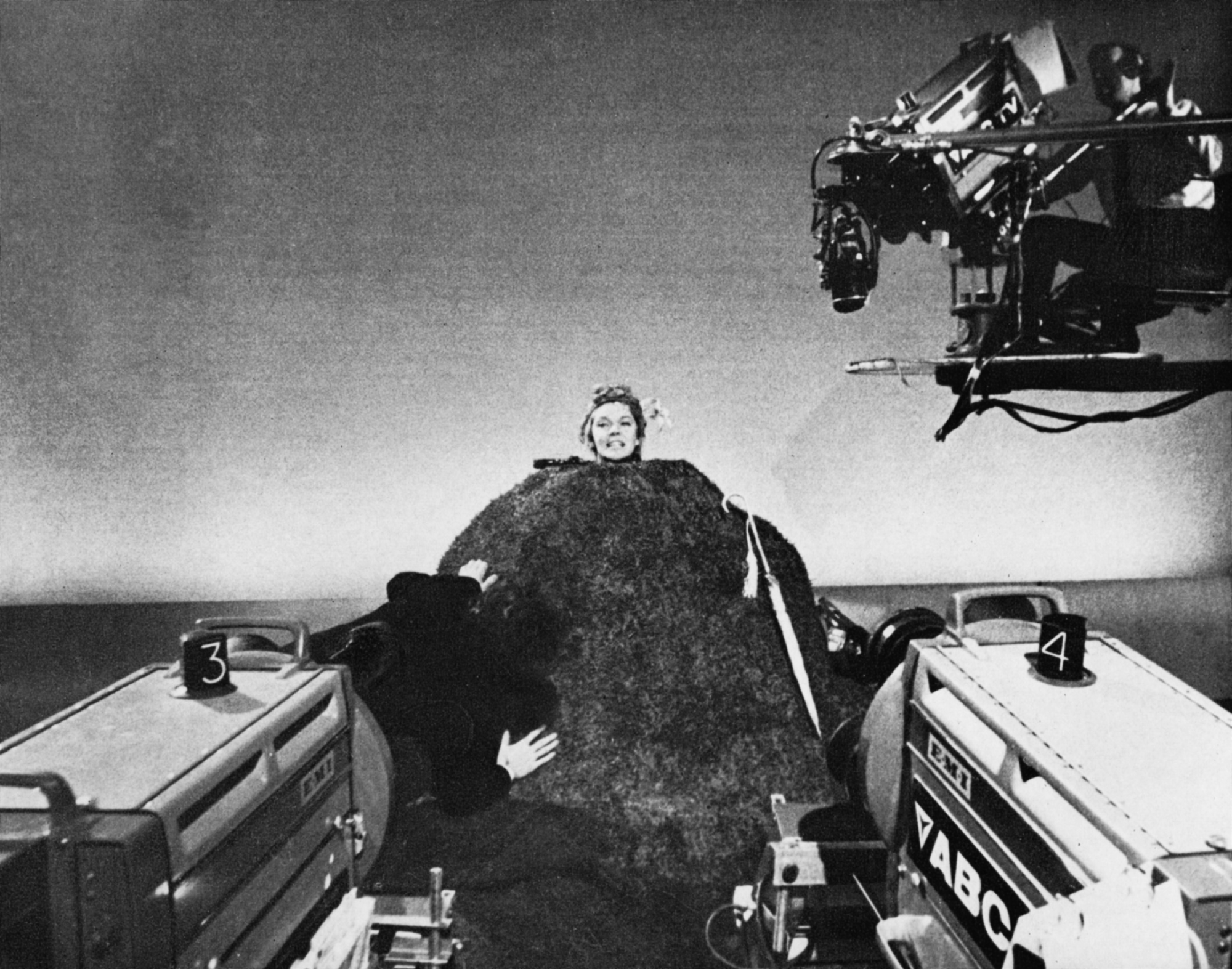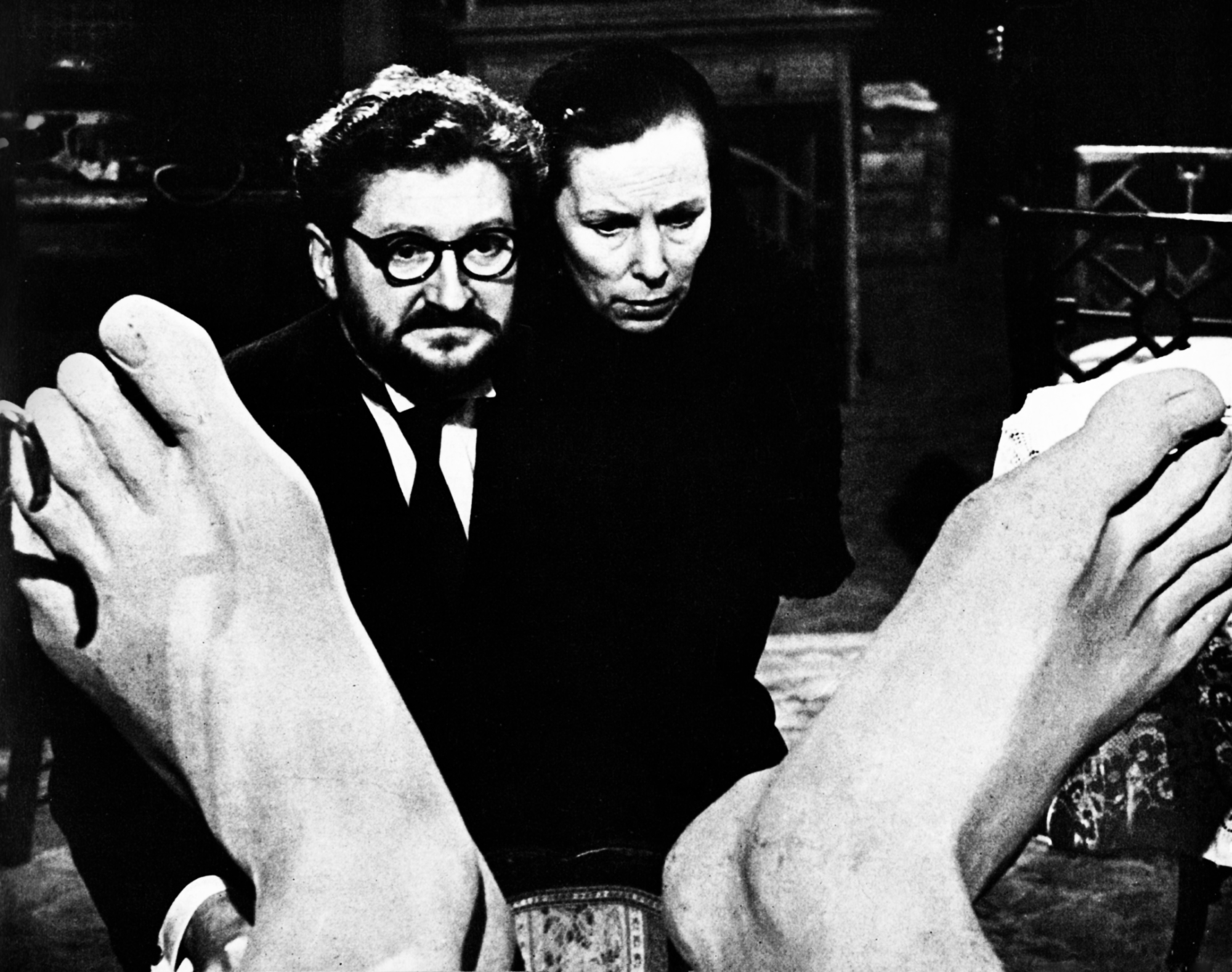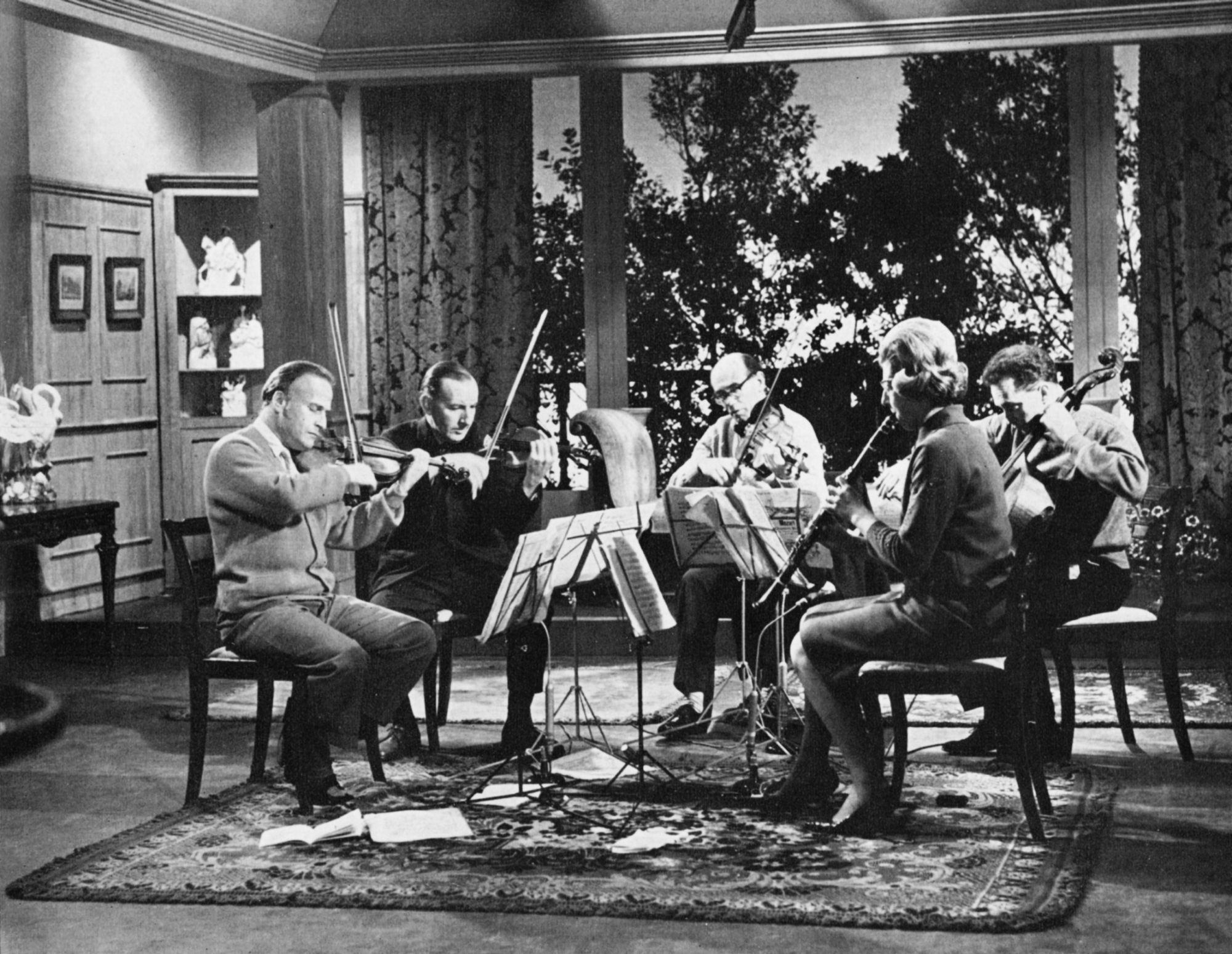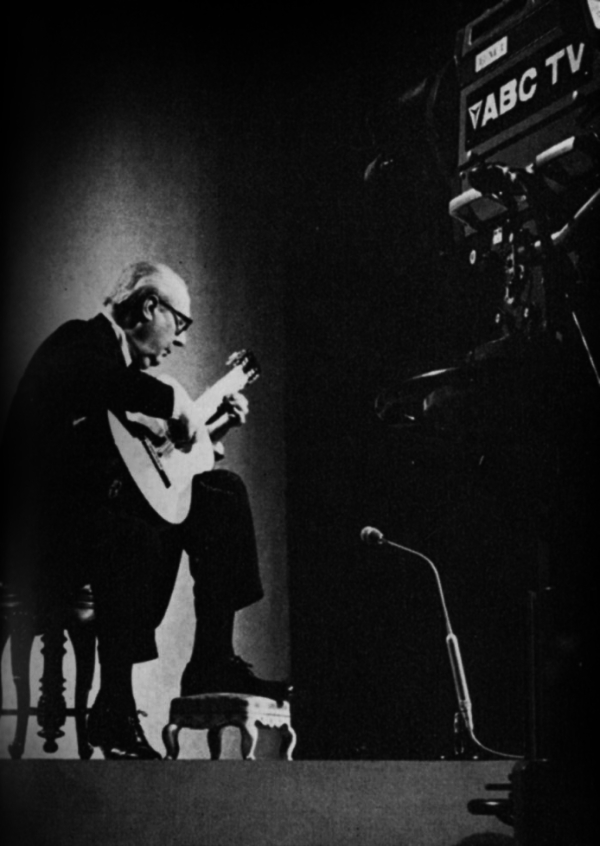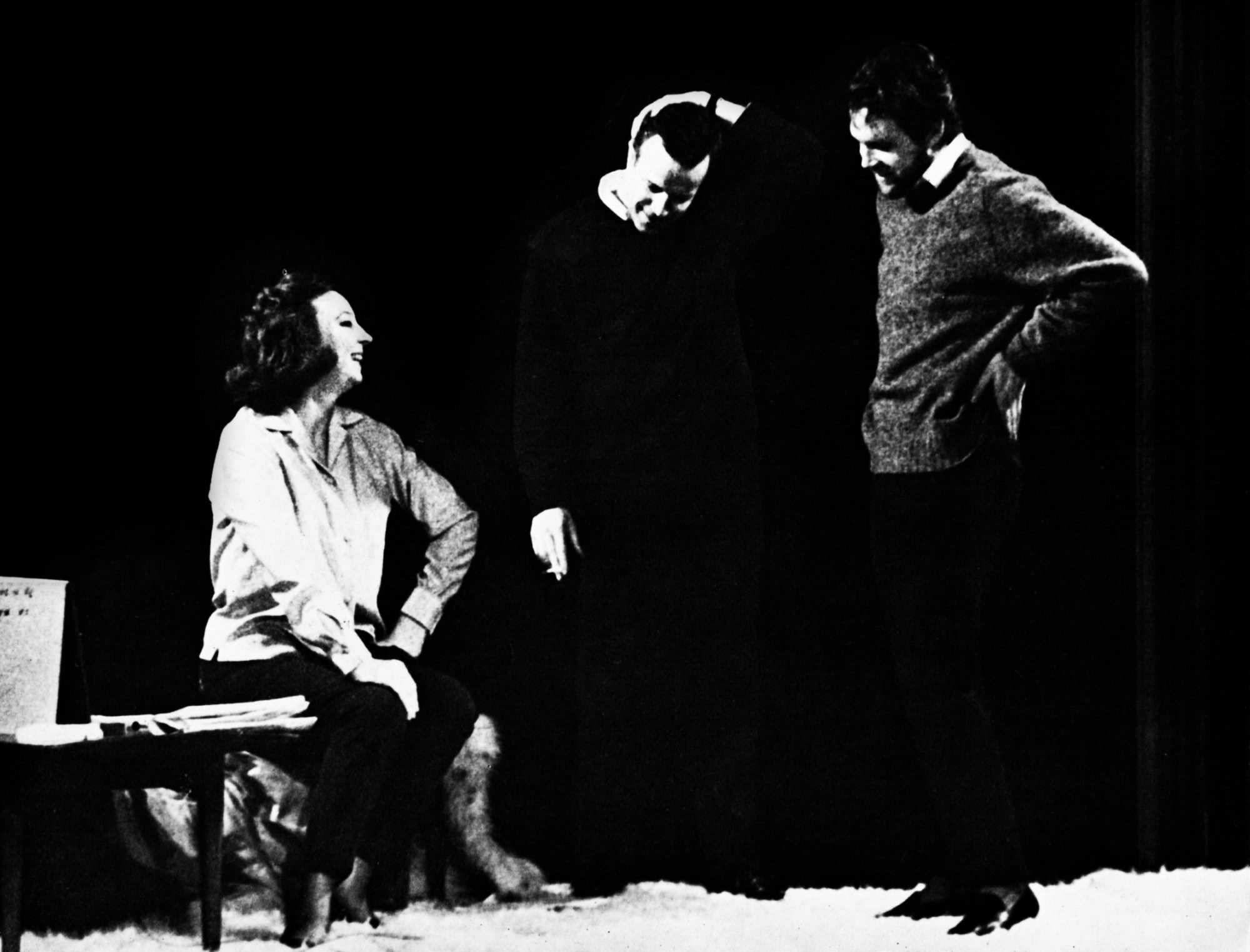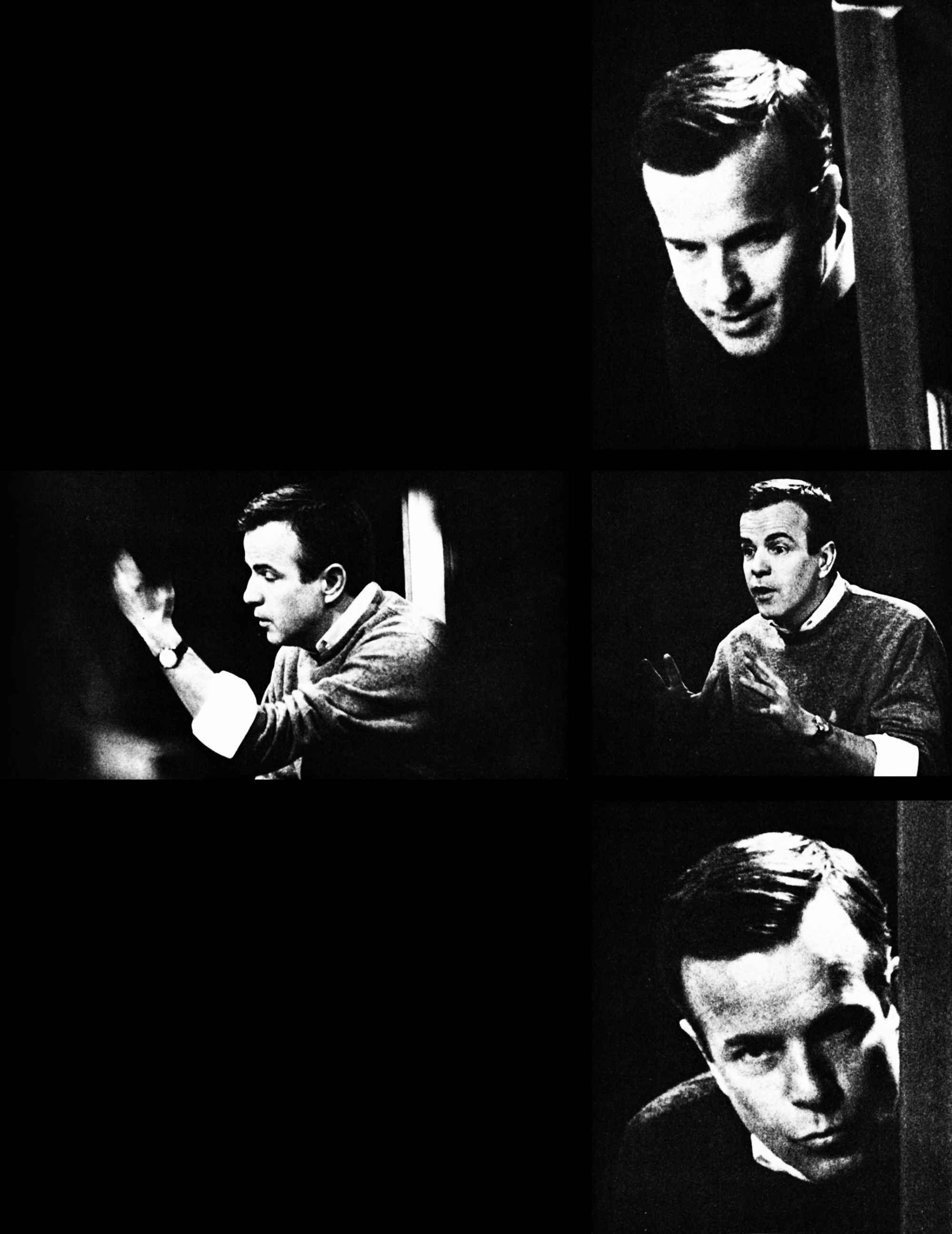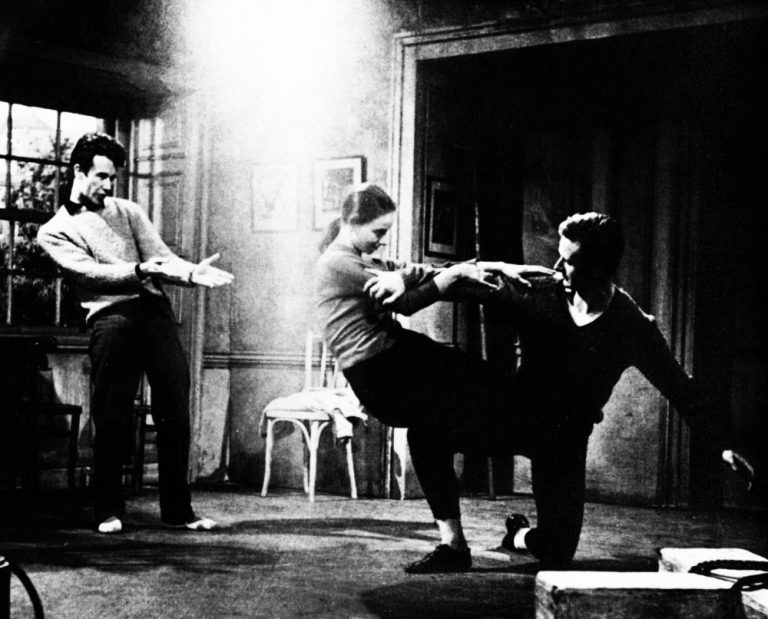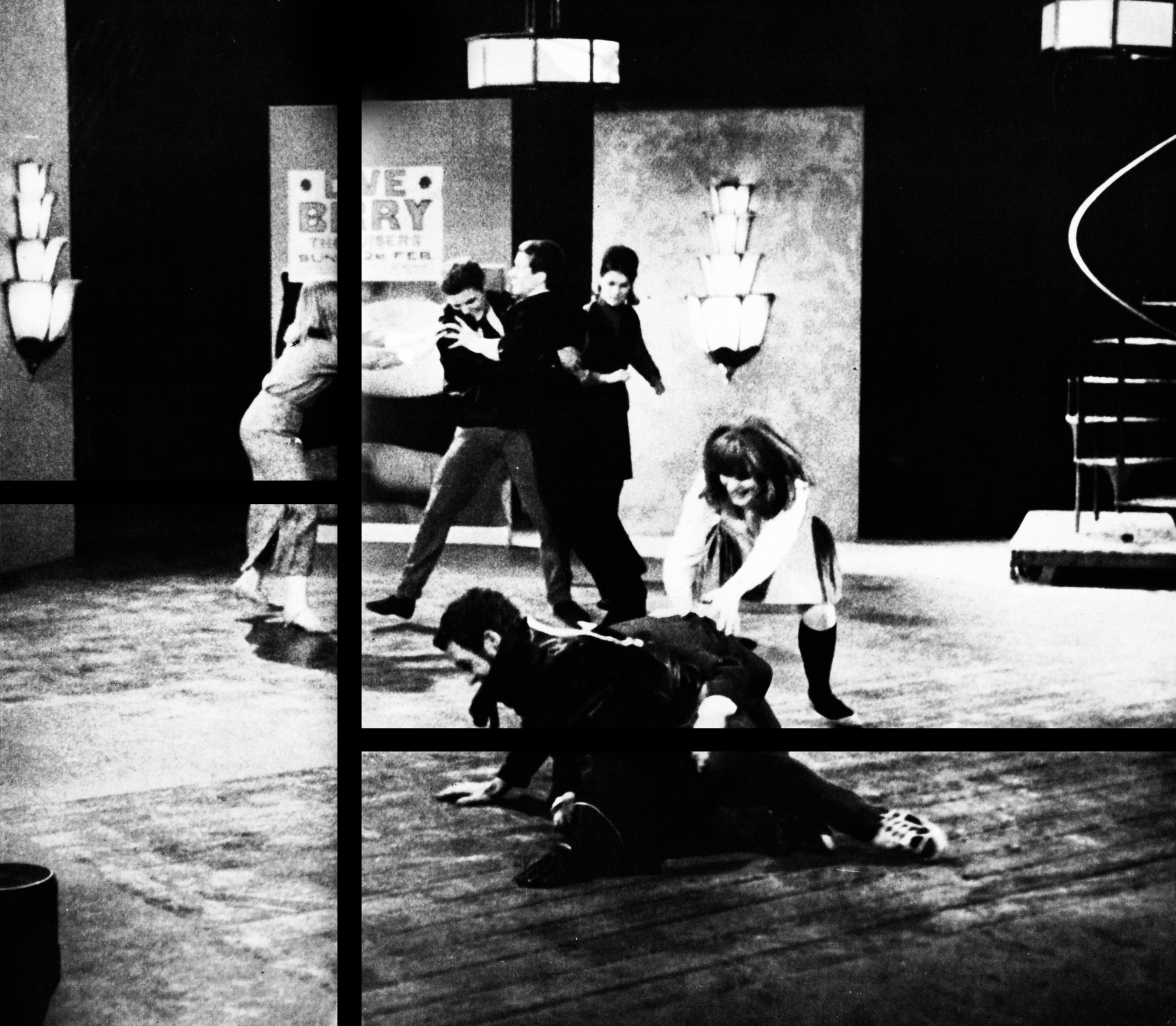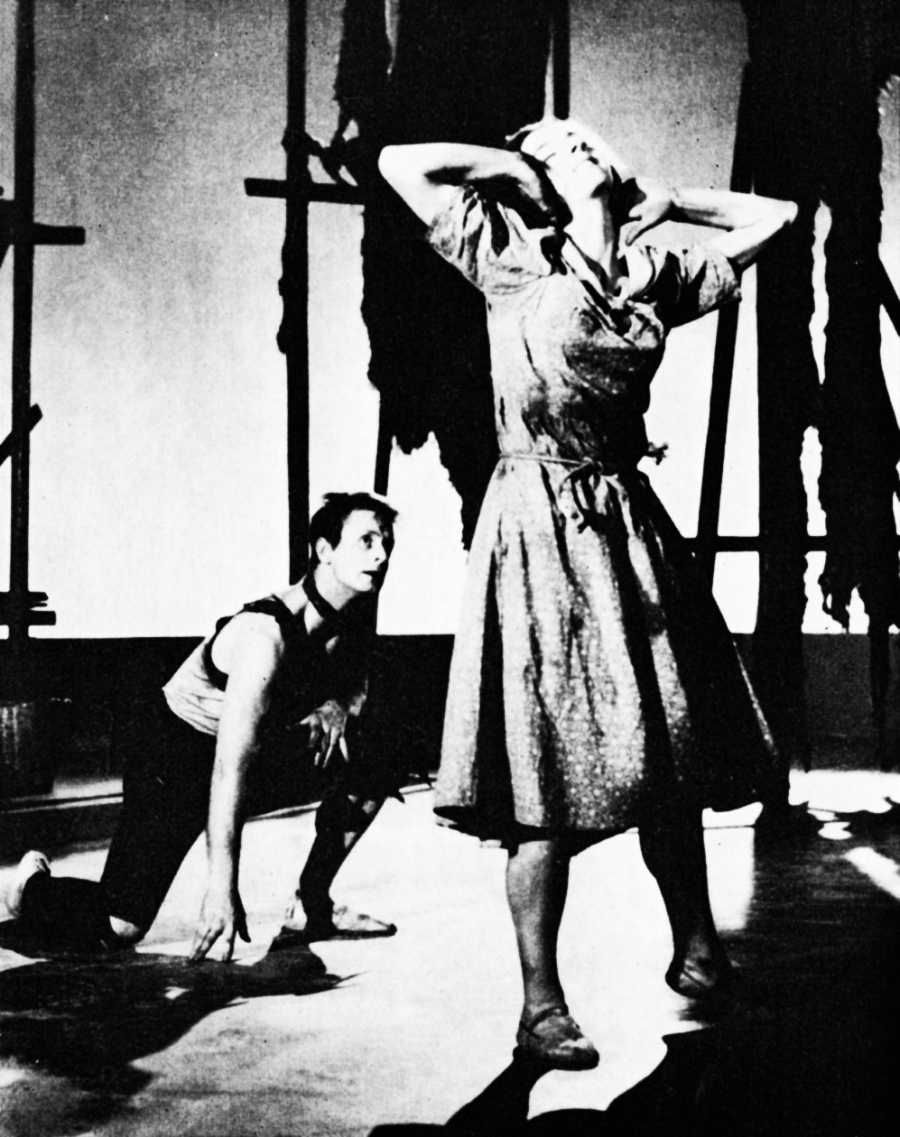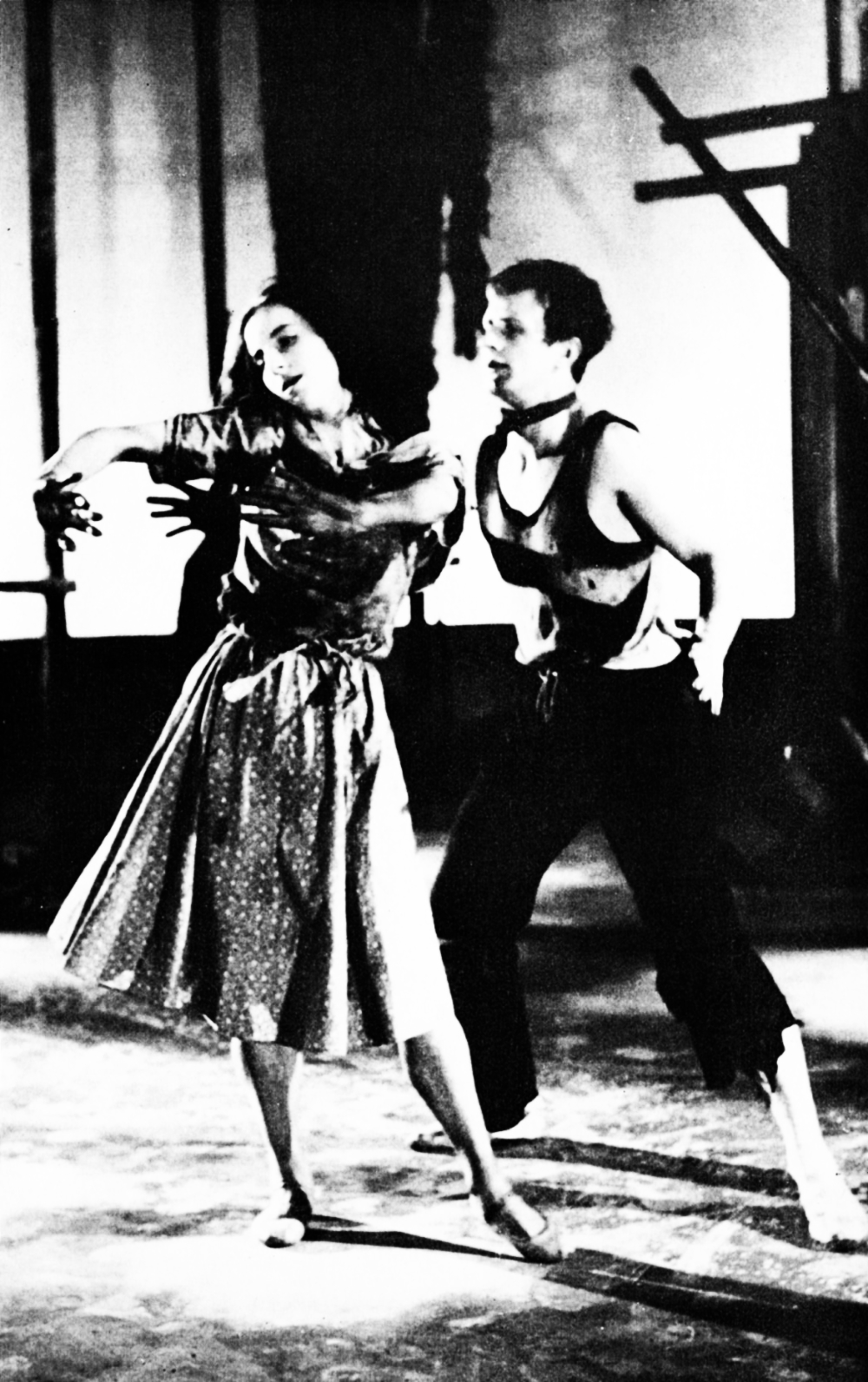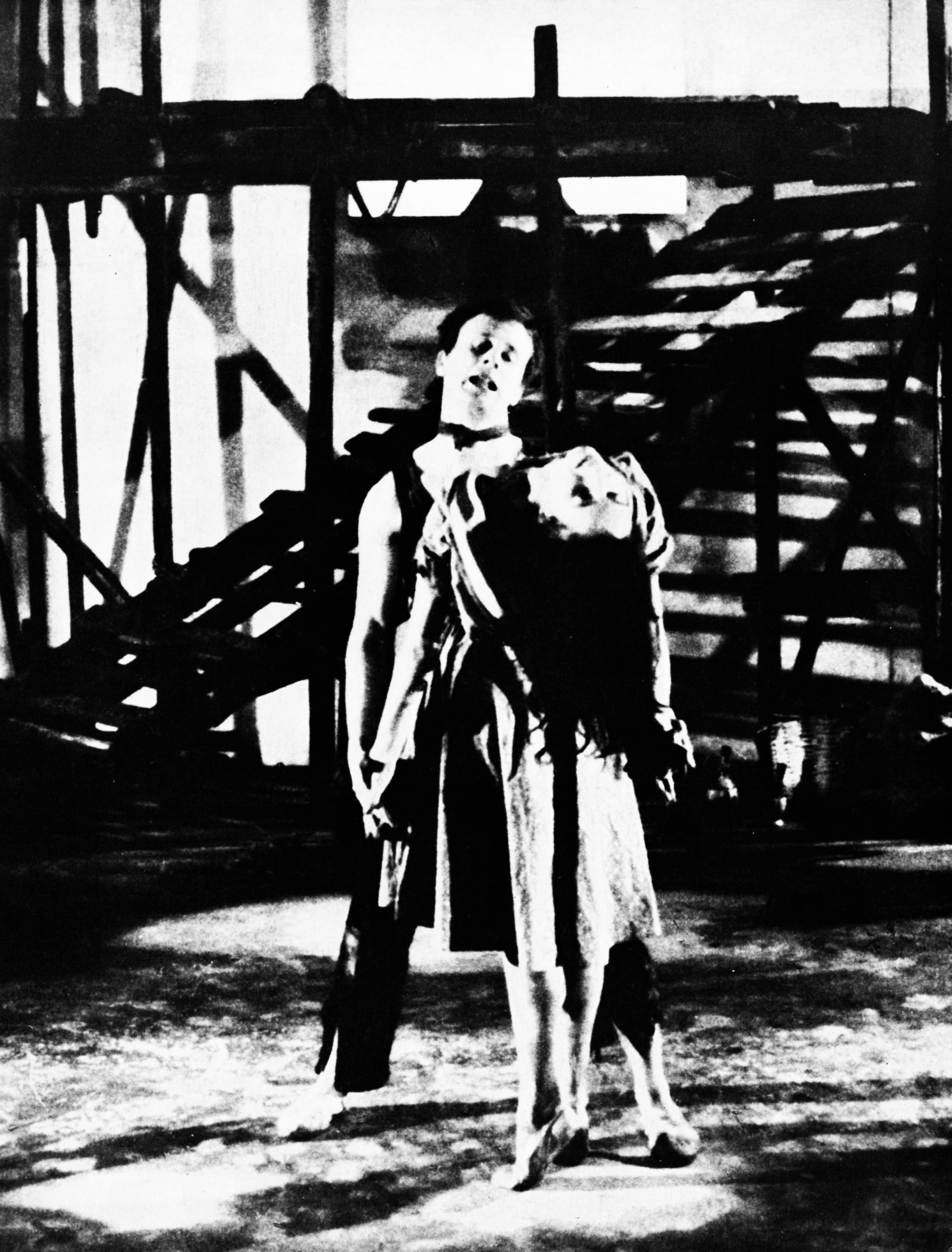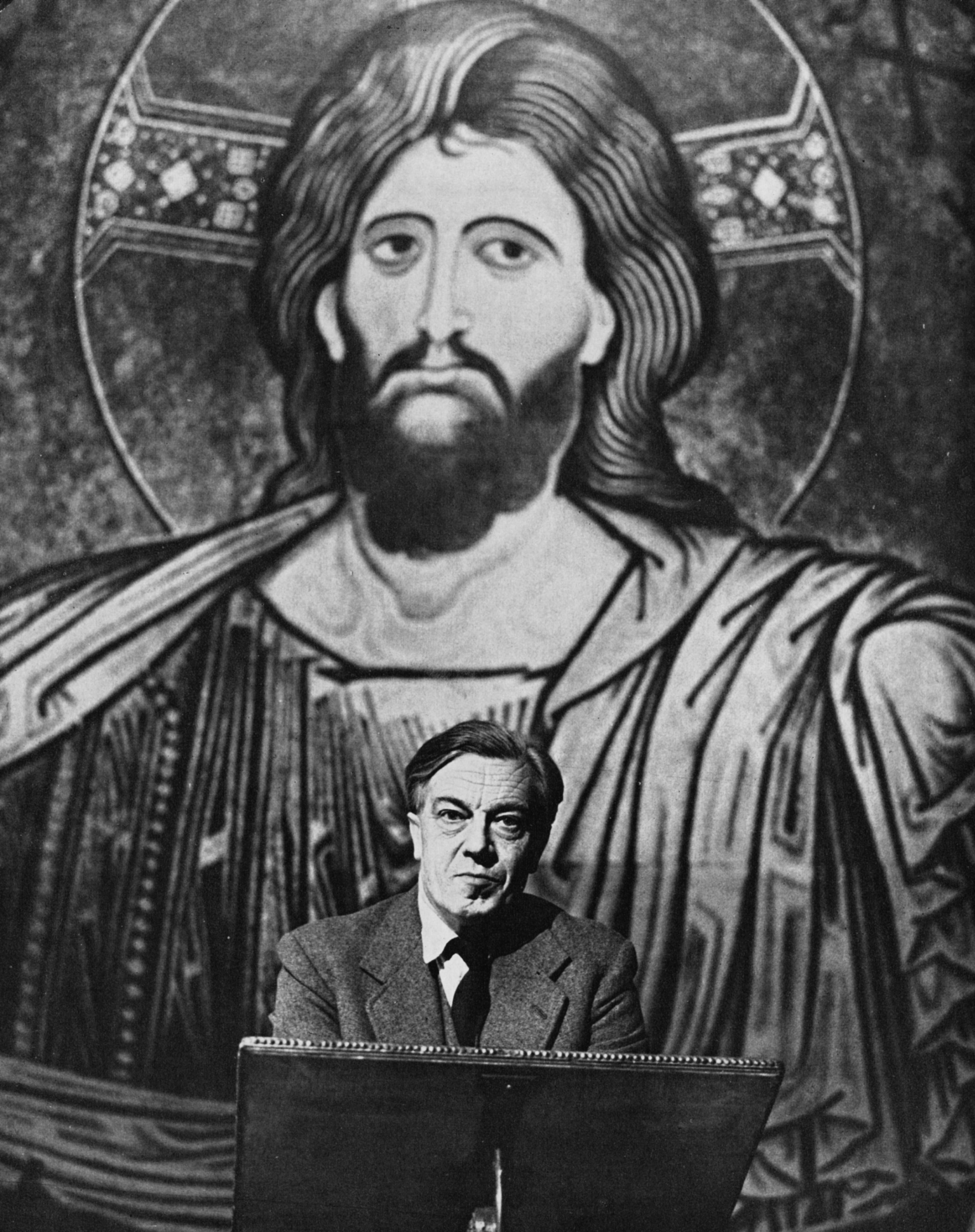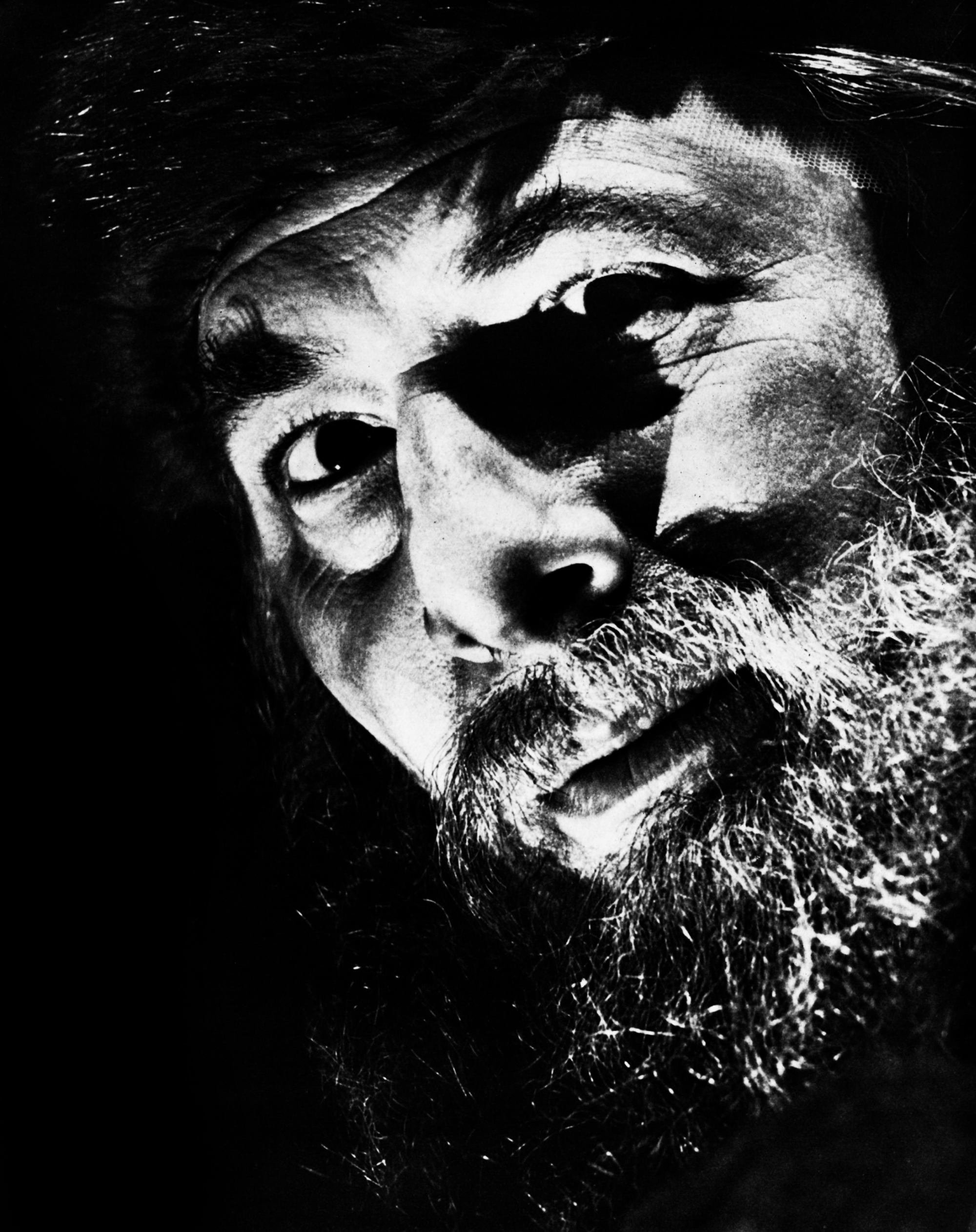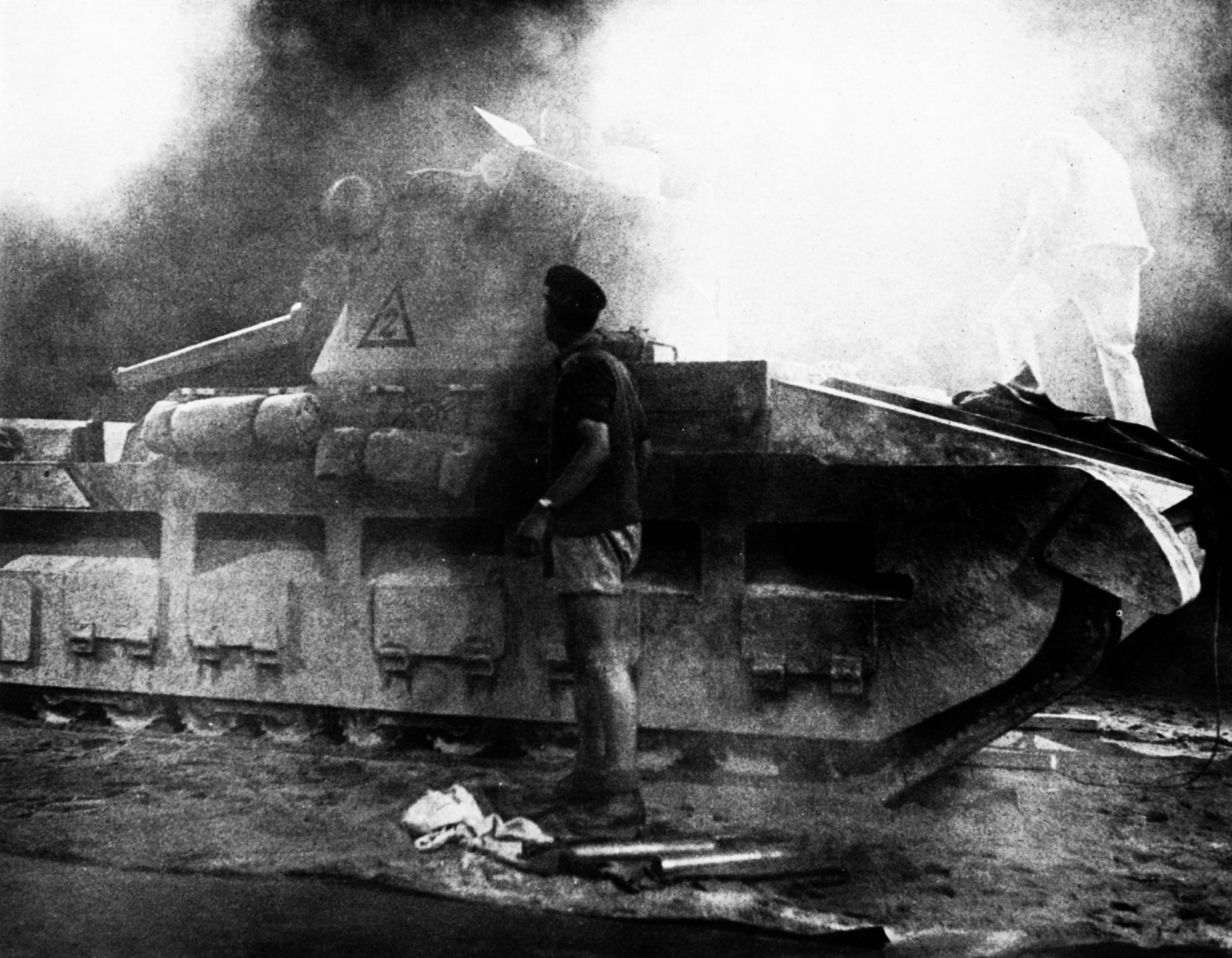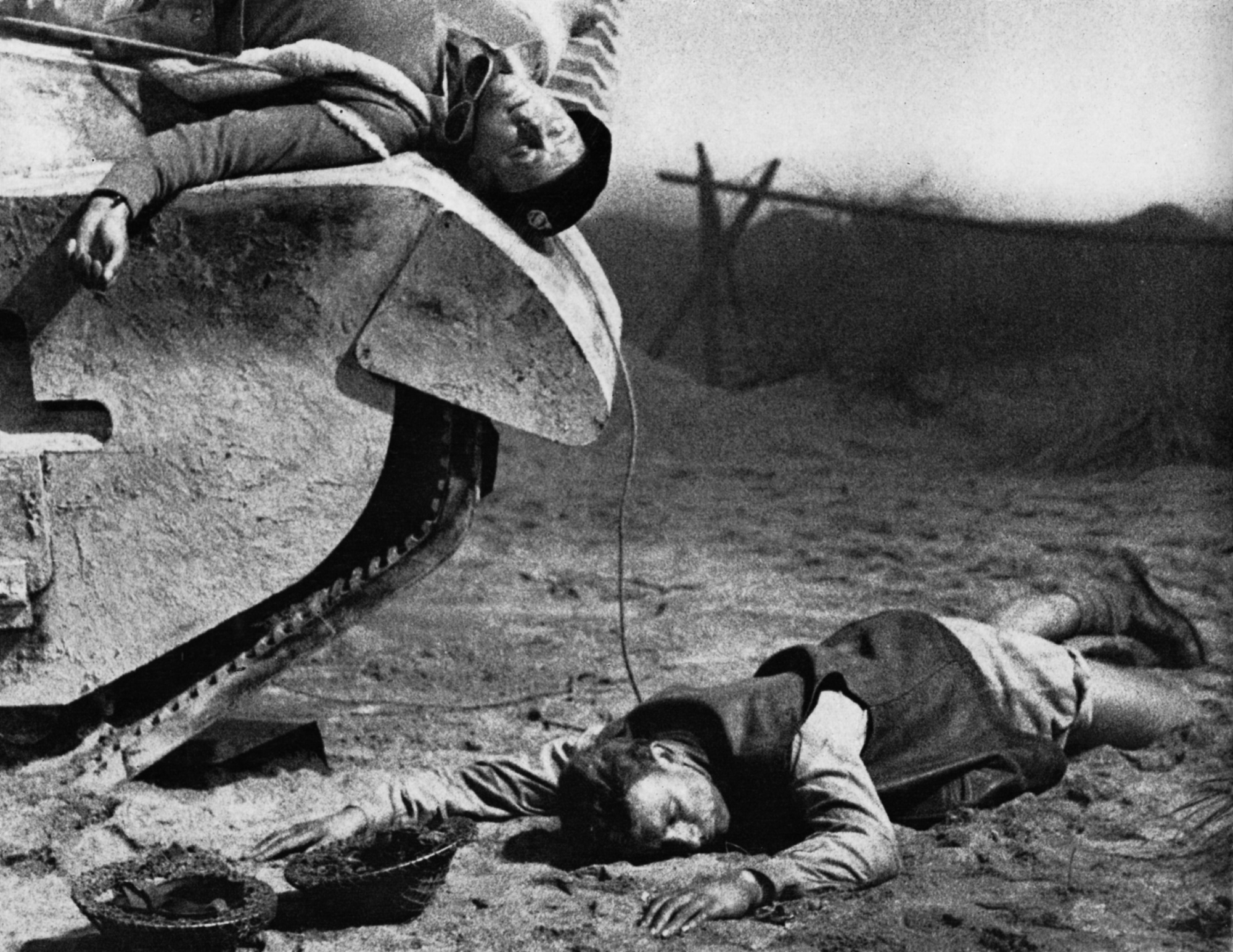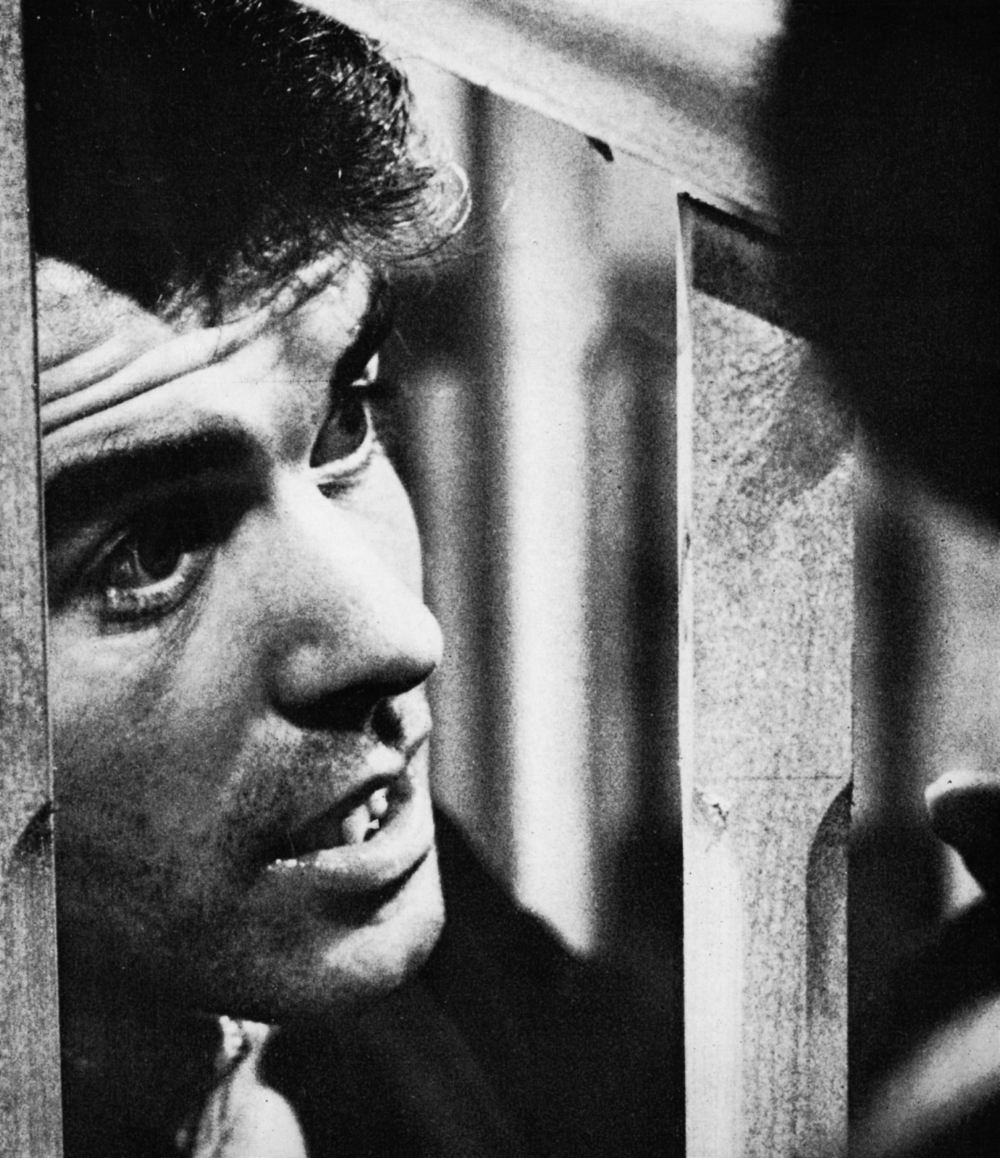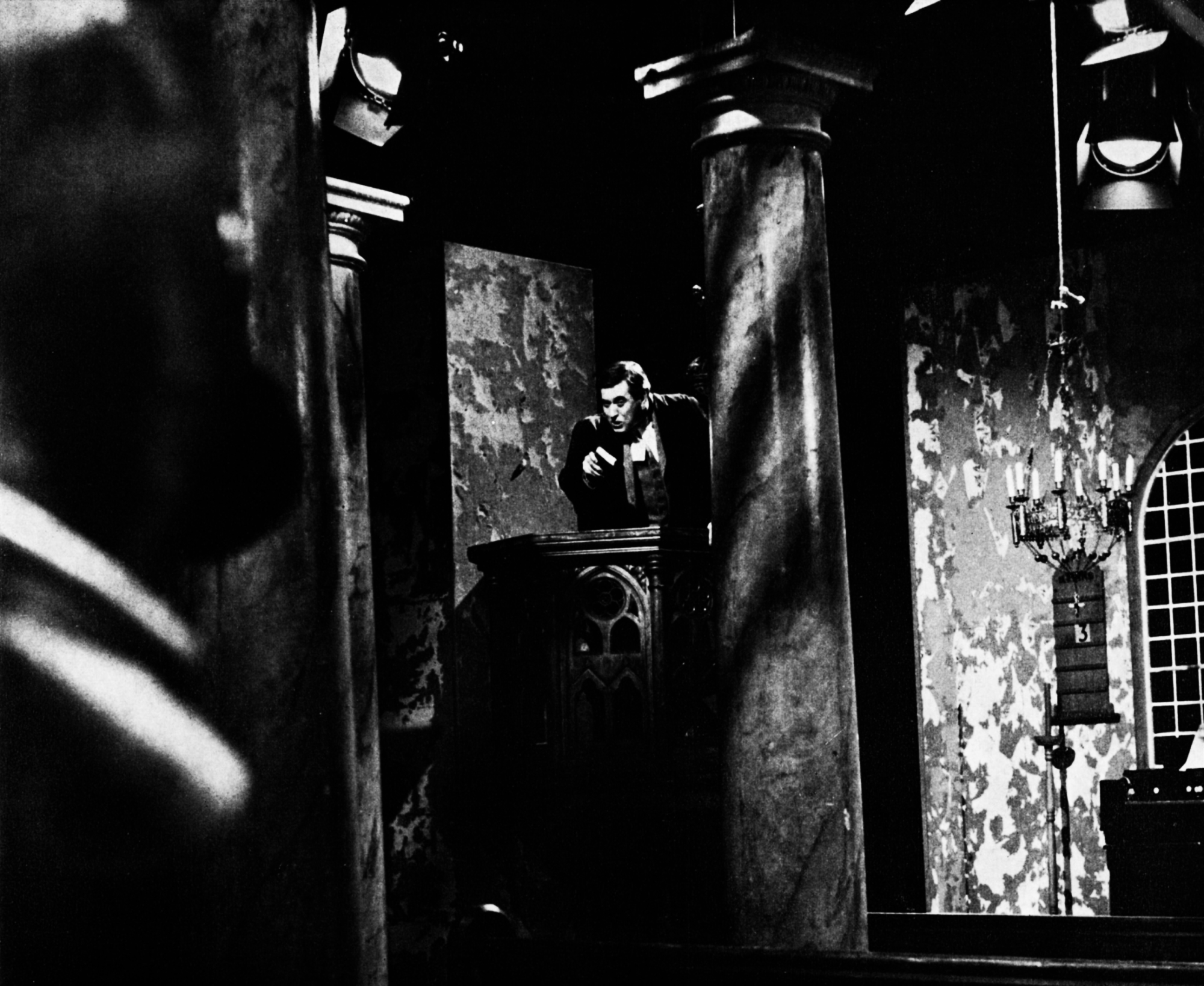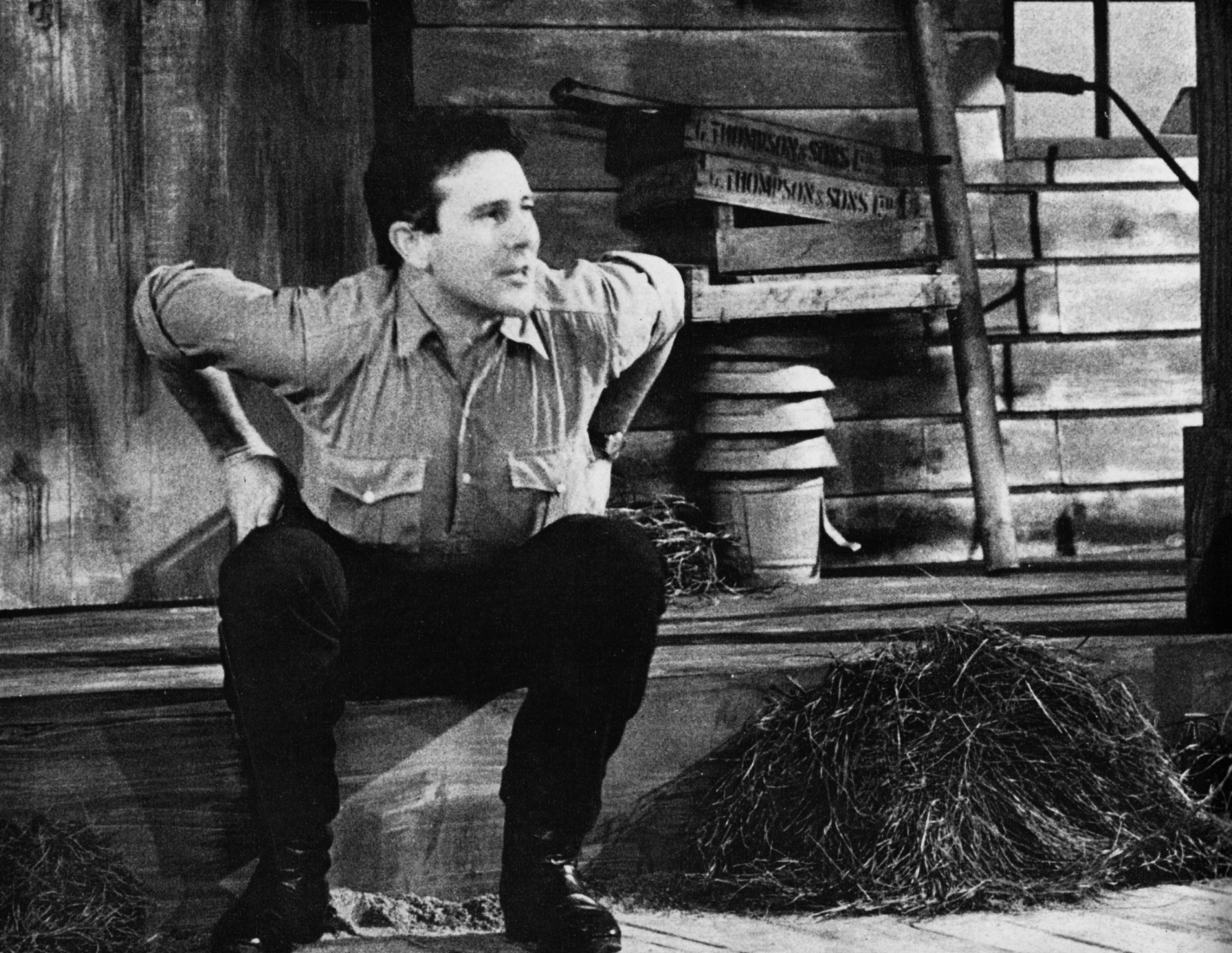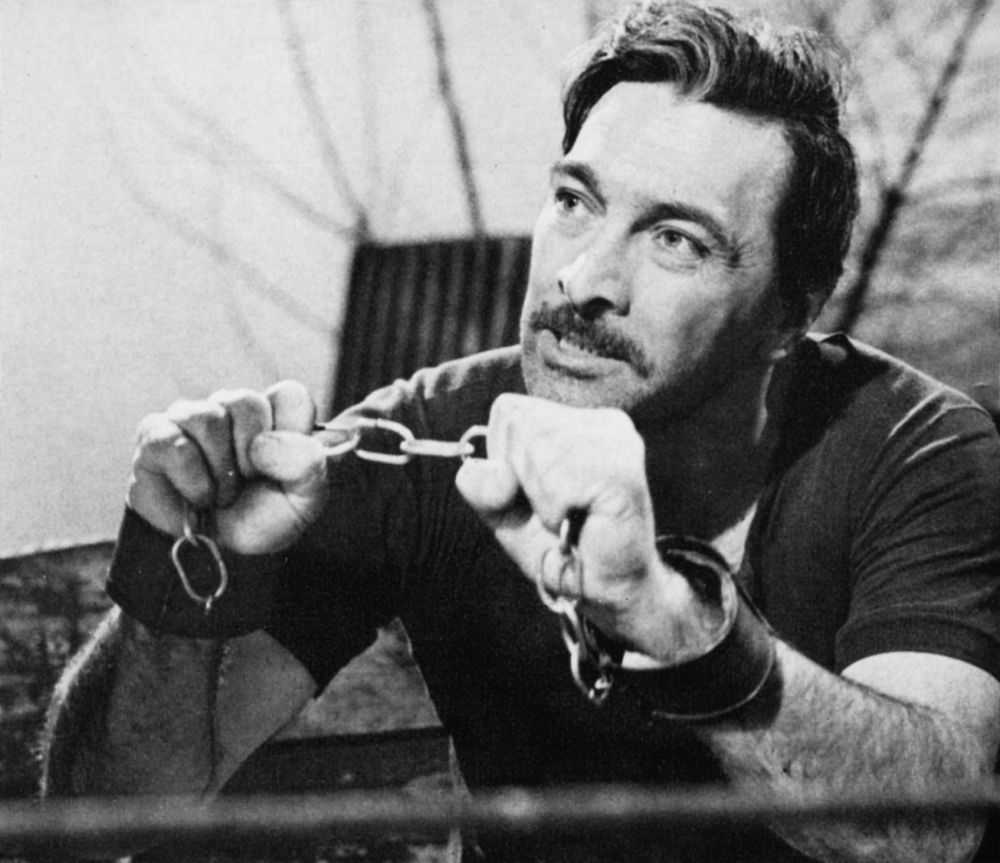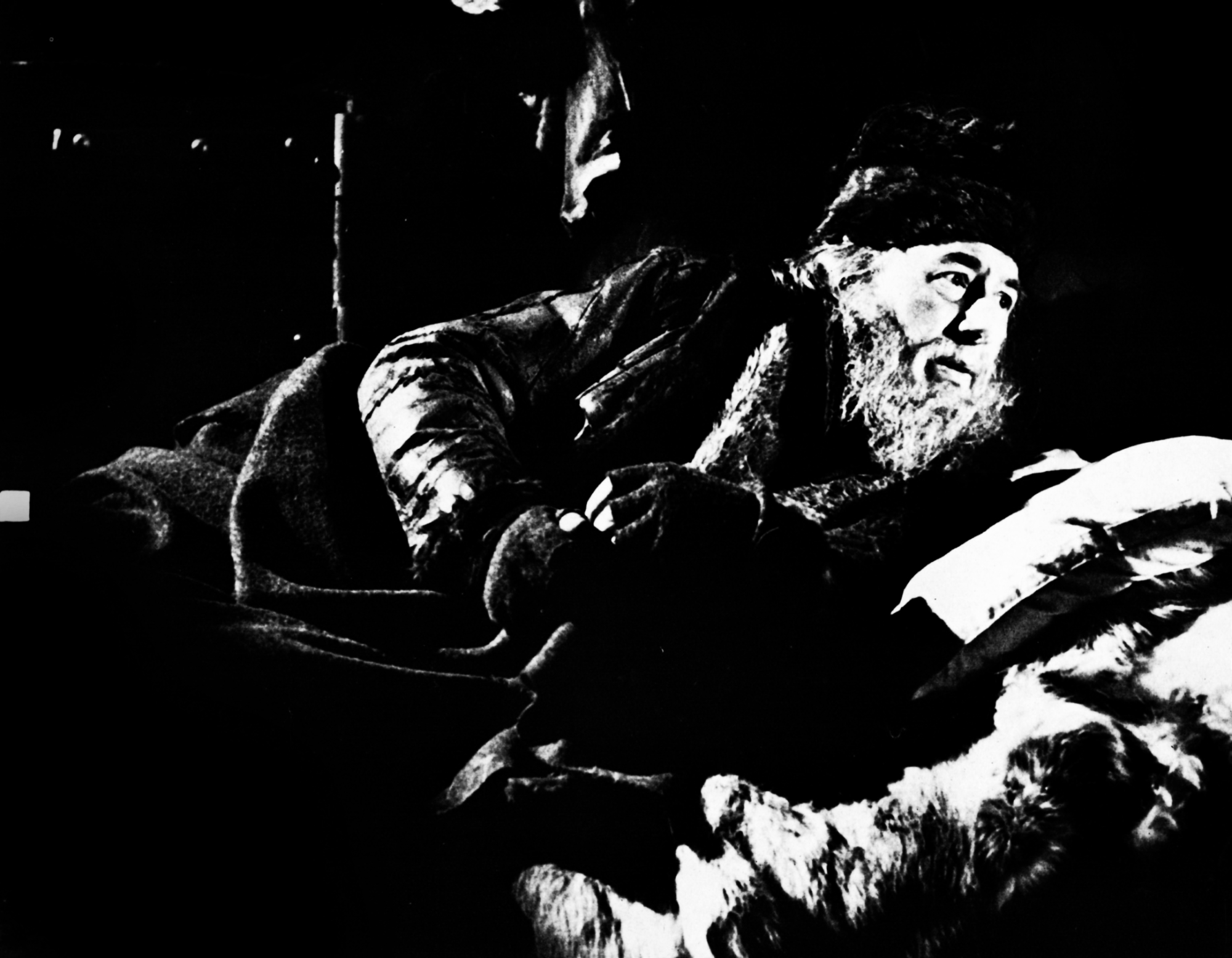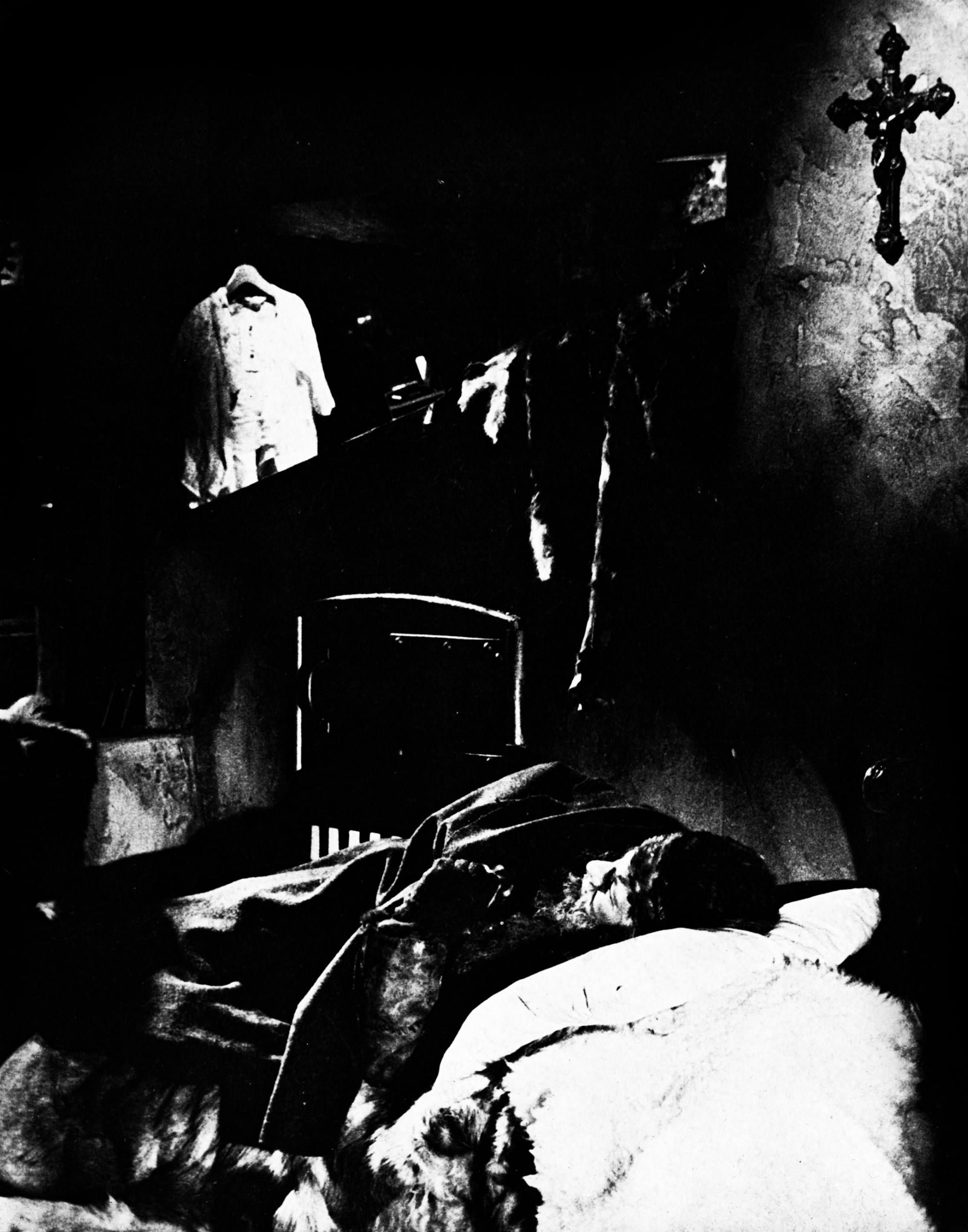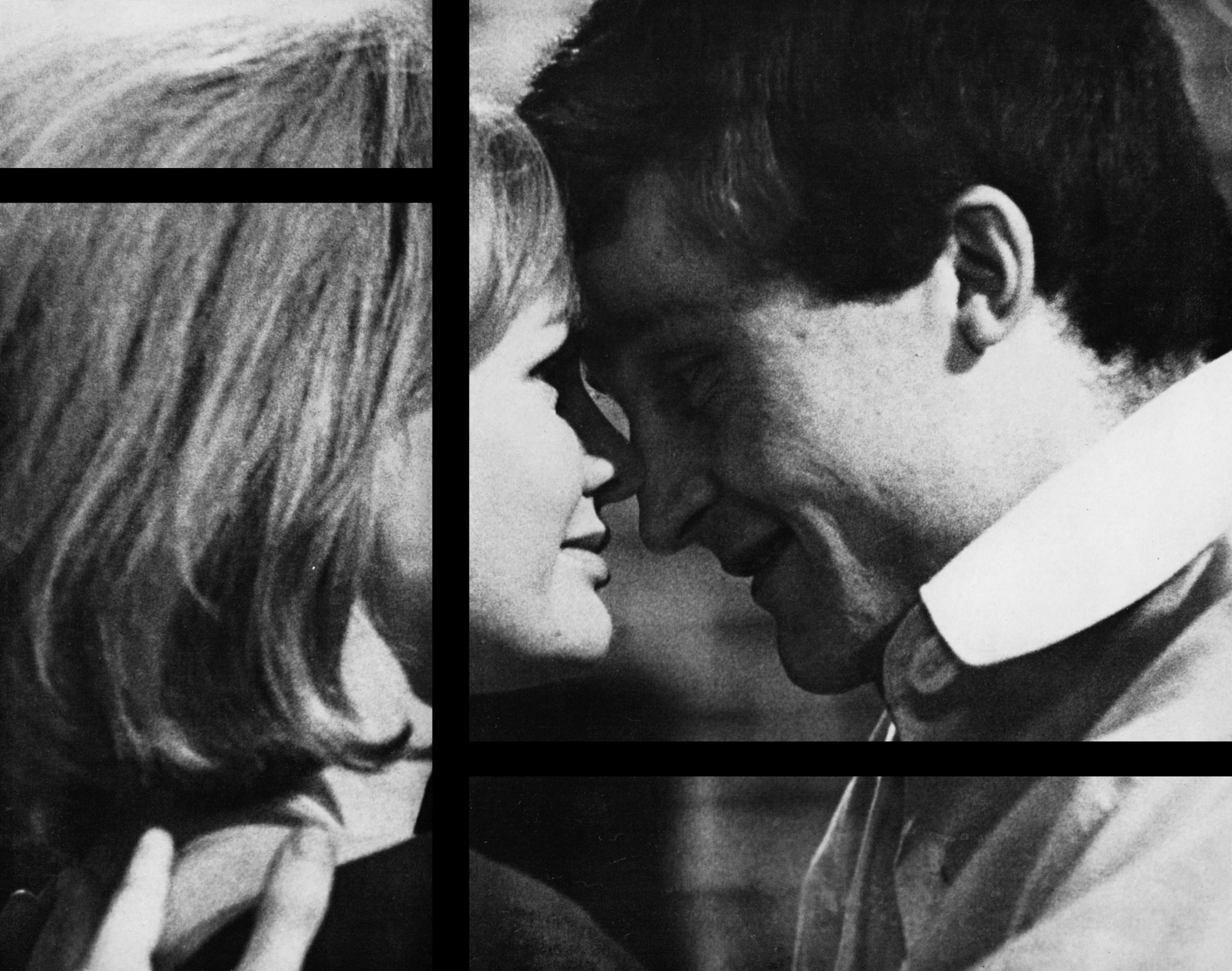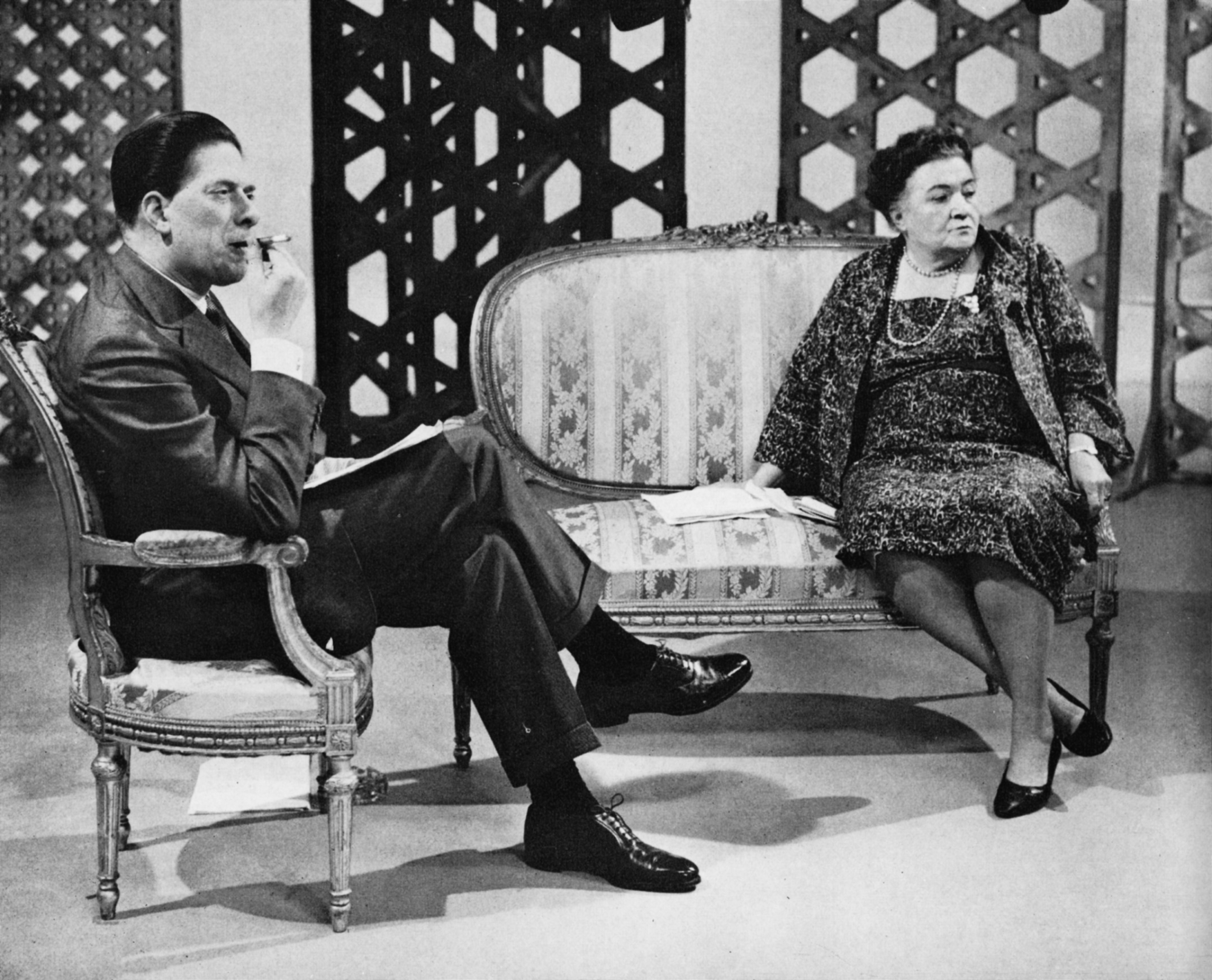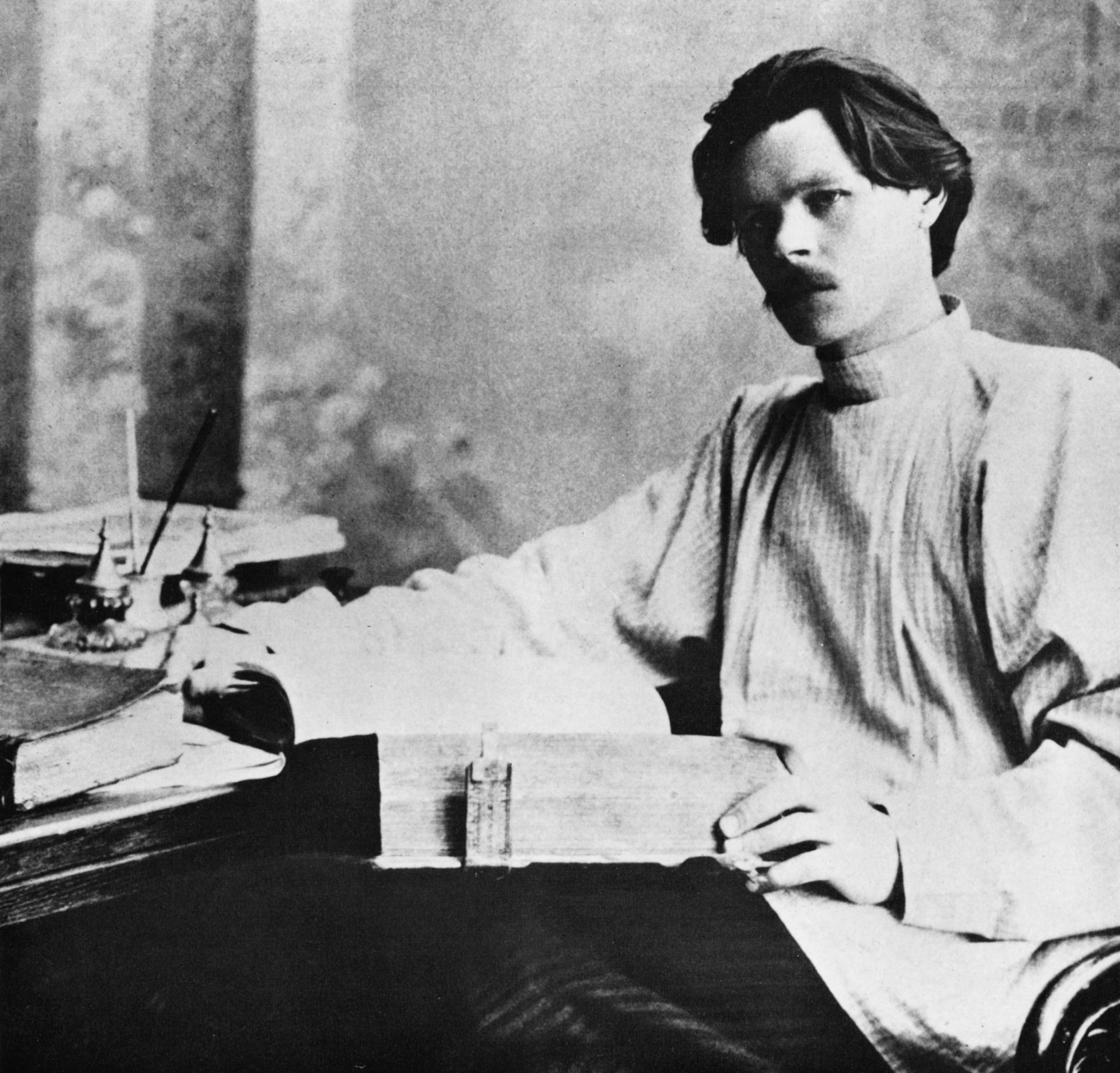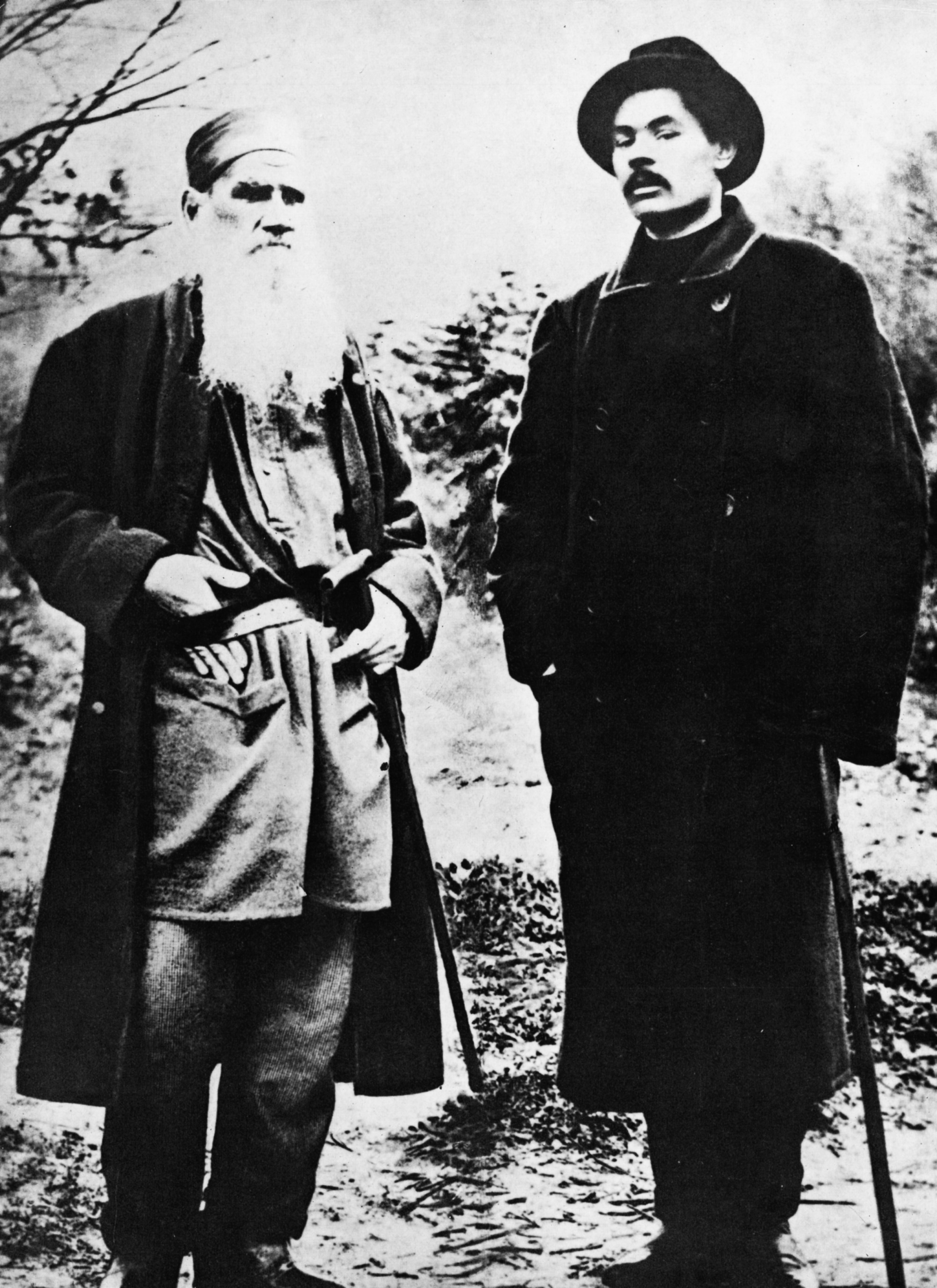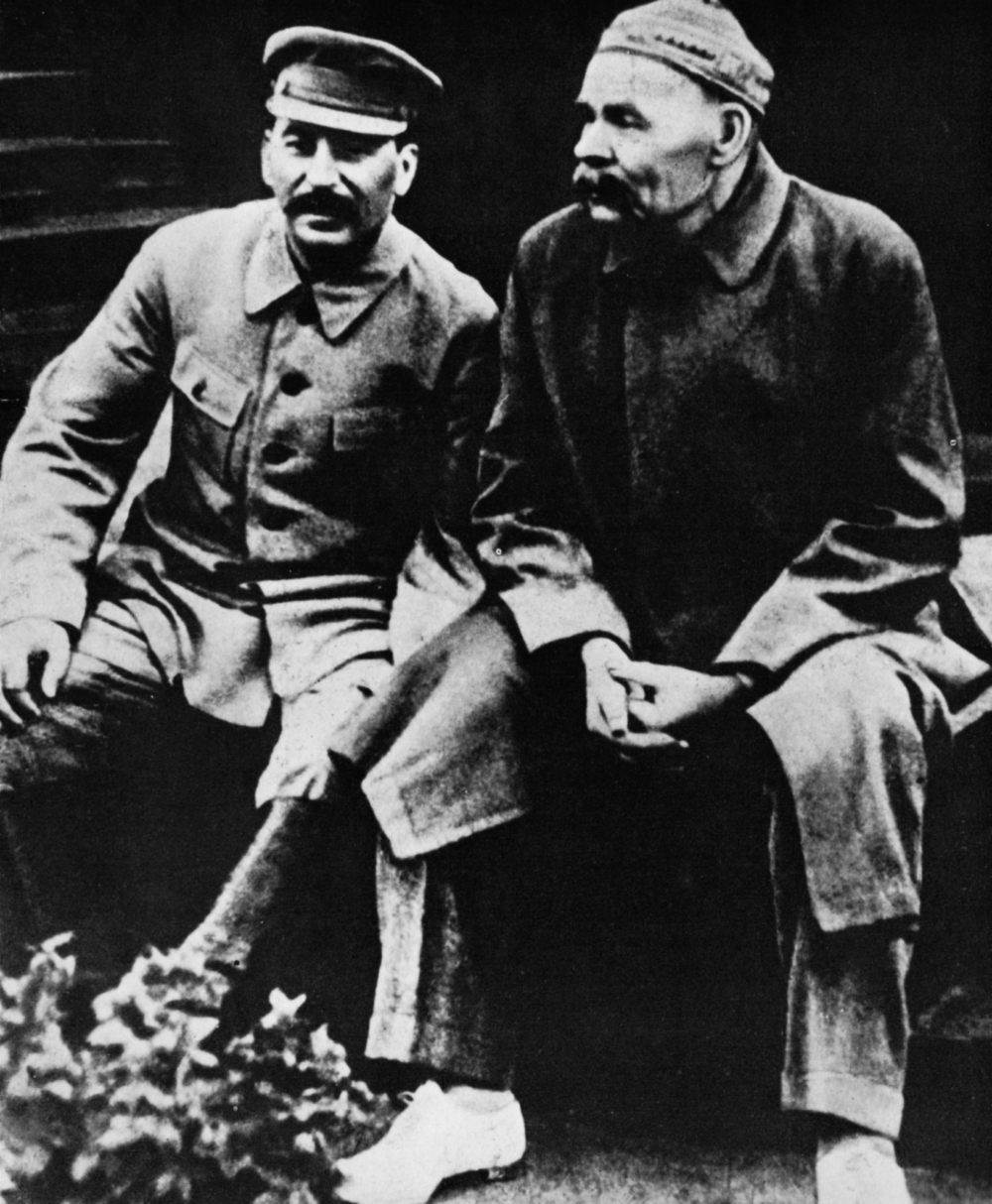Now as the children’s dance continues we hear her voice over the pictures, explaining the purpose of her classes. The phrases, as I have noted some of them down, have a faintly uplifting sound — ‘We all start equal in drama. We’re all people. Build up a visual memory that can be called upon in work. Not cissy, not art, just making life’ and so on. But this ‘uplift’ was not apparent in the programme, I think because of the quick camera work from children to mistress and because we saw her absorbed in her job, not speaking her message. So we avoided that slight touch of selling her mission that creeps into Miss Joan Littlewood’s appearances on television — yet Miss Sigley in her own field is very much a Miss Littlewood.
Now we see the children act out a supermarket scene — the shop opening, boys and girls in pairs (husband and wife) coming in as shoppers. Then they gather round the teacher to discuss what they have done — ‘It needs a climax, Miss — tragedy in a supermarket — all the shelves could collapse’, ‘Nickin’ all the beans off the shelf, Miss’, and the boy who has acted a nagging husband explains that he was saying no words, ‘No, Miss, I was just muttering.’ Once again it is skilled camera direction that takes away any suggestion of exploiting the charm or beauty of the children. We know that this group of school-children calls forth less spiritual exhaustion, less sense of defeated hopes than would a group of middle-aged men and women making a comparable imaginative revelation. But that is all; indeed when Miss Sigley moves on to ‘work out character points’, one is depressed by the sad stereotypes of adult married life that the children suggest in their portrayal of the shoppers. As she talks on, once more her views are conveyed to us over the pictures of the classroom; and once again we
find her ‘Aggression and moodiness tend to take over as childhood goes’ and her ‘Self-discipline is a must’ less portentous, less dictatorial than we would in an interview where the teacher is shown divorced from the scene of her work, mouthing theory into the unco-operative emptiness of the television studio.
And now we come to the culmination of the drama class — a scene in a barber’s shop in which the boys act out the aggressions which we have seen at the beginning released in the conventional, casual, uncontrolled, street scene, ‘bundle’. This barber’s shop play with its rhythmic musical accompaniment and its gay, jerky movement as of some silent film comedy ends appropriately in a free for all Keystone Cops mess of lather and shaving brushes and custard-pie faces.
The aggression has been released in farce, but that it is still the same aggression we can see from the faces of the girls who watch both aghast and admiring at this scene of comic virility put on for them by the boys.
Miss Sigley’s purpose is achieved, the childrens’ imaginations and bodies freed, our sense of social responsibility satisfied. Or is it? For this is where the ambiguity of the opening passage makes its mark. Of the integrity and humanity of Miss Sigley’s aims we can have no doubt, of the genuine imaginative impulses released in the children we can feel assured. Perhaps this is how aimless violence may be avoided. And yet this has been, for all its improvisation, an adult organised release of the child imagination. What of the small boy’s poem with which we started? ‘This place you shall never find for it is mine and mine alone. Strangest of all no place is so unknown.’ As a citizen I admired and approved Miss Sigley’s course. As a novelist, I wondered — isn’t this just another benevolent editor or publisher directing the creator’s images ?


